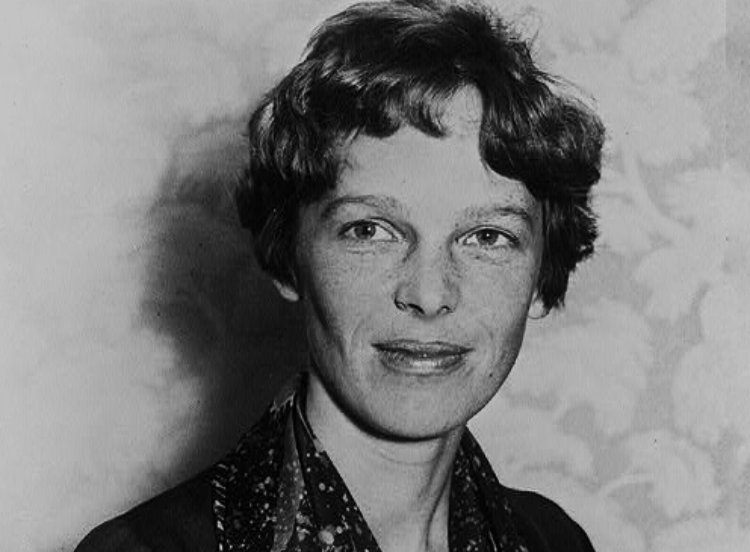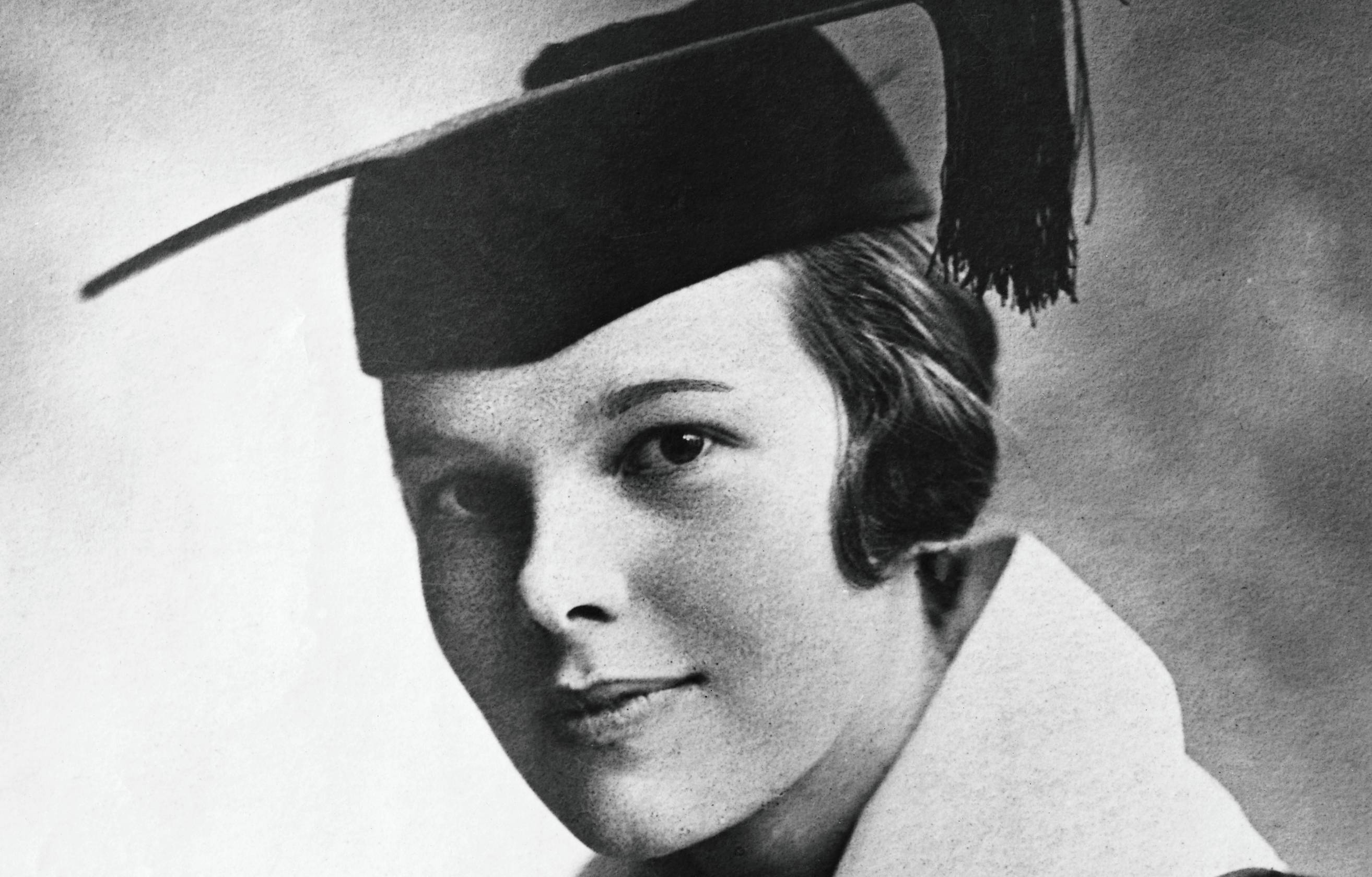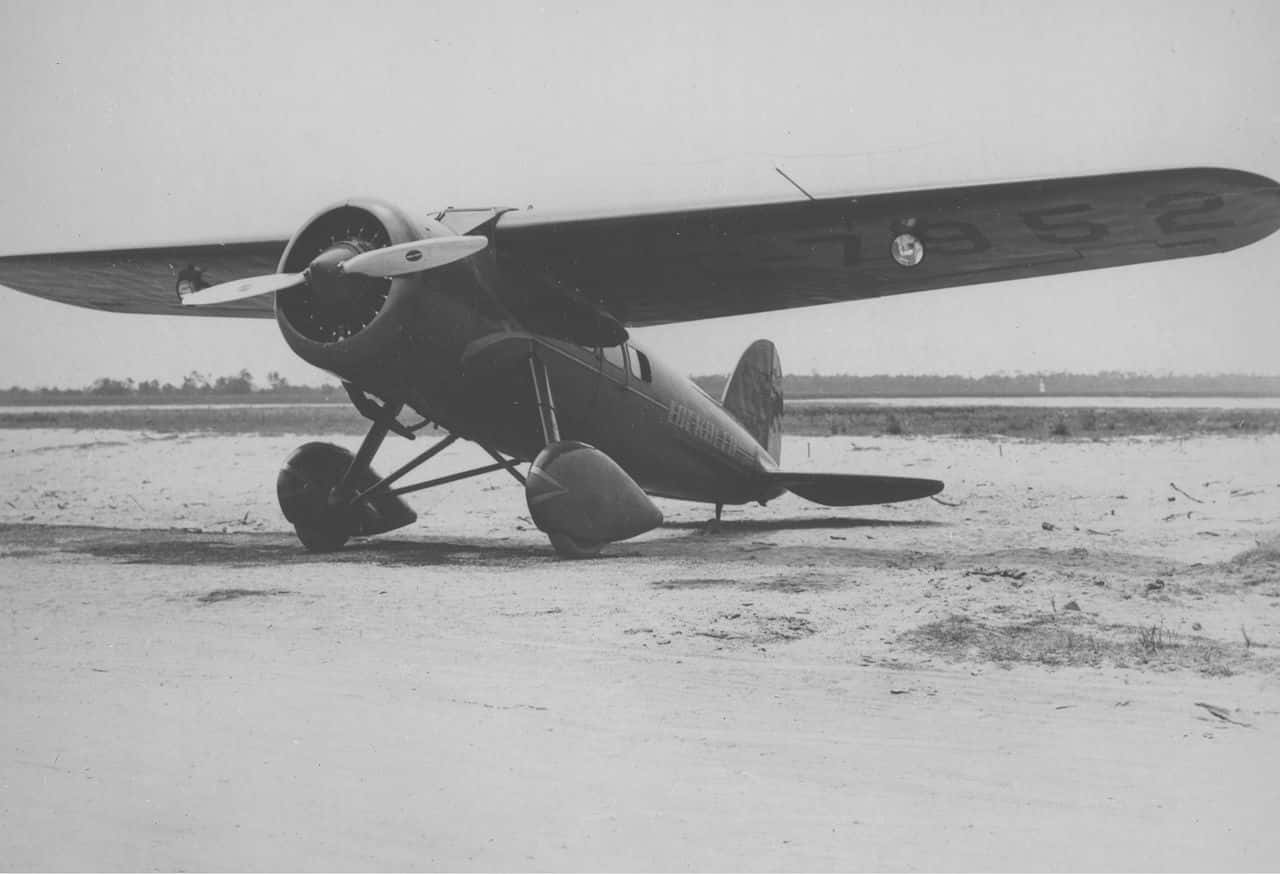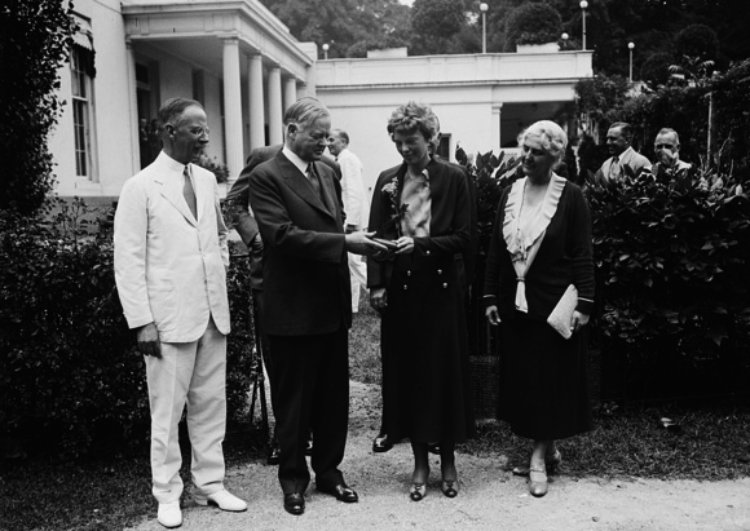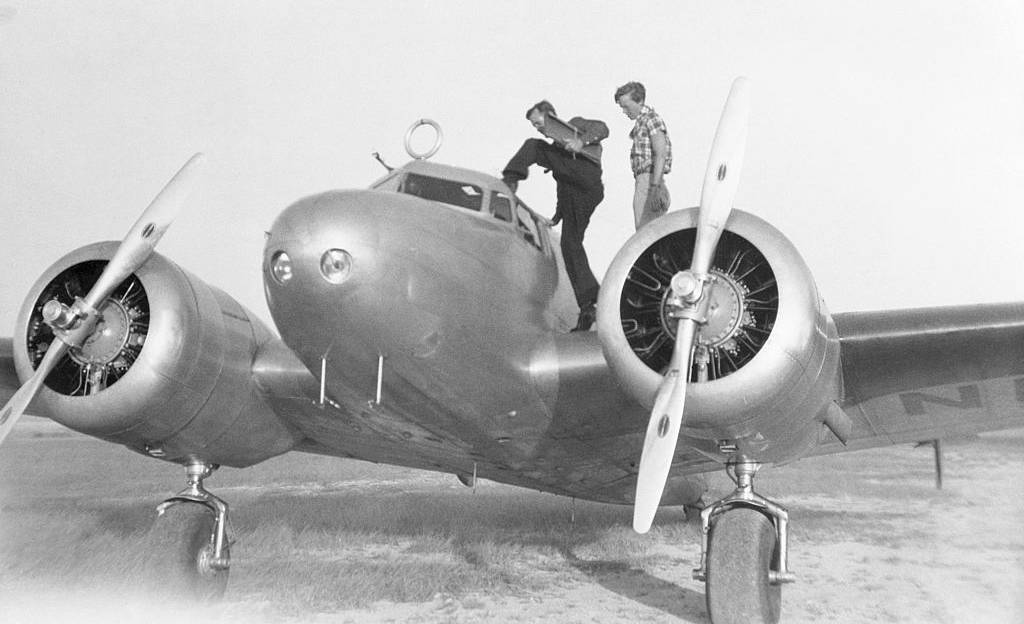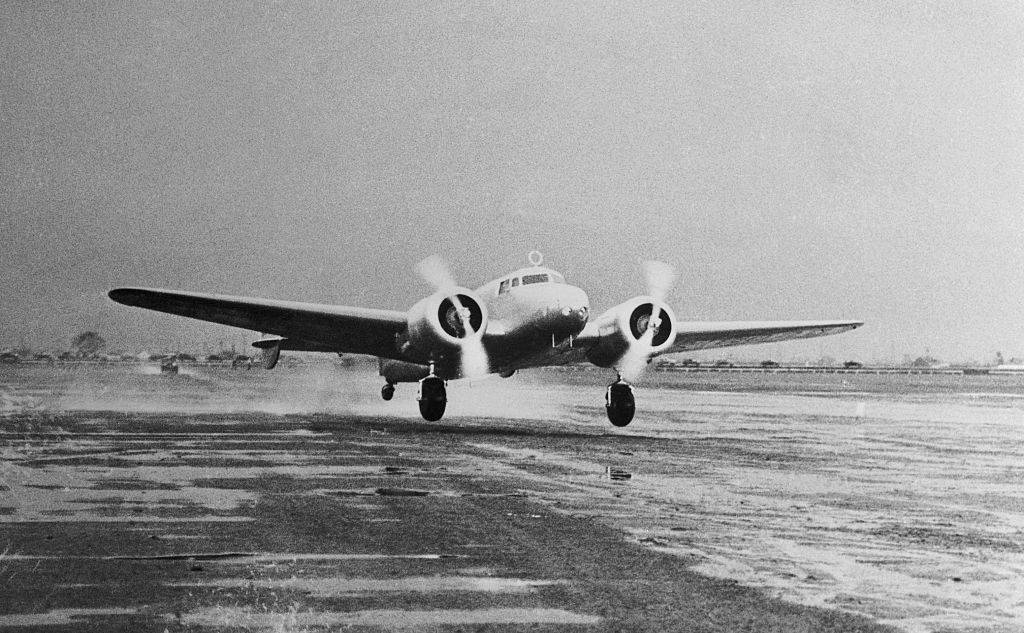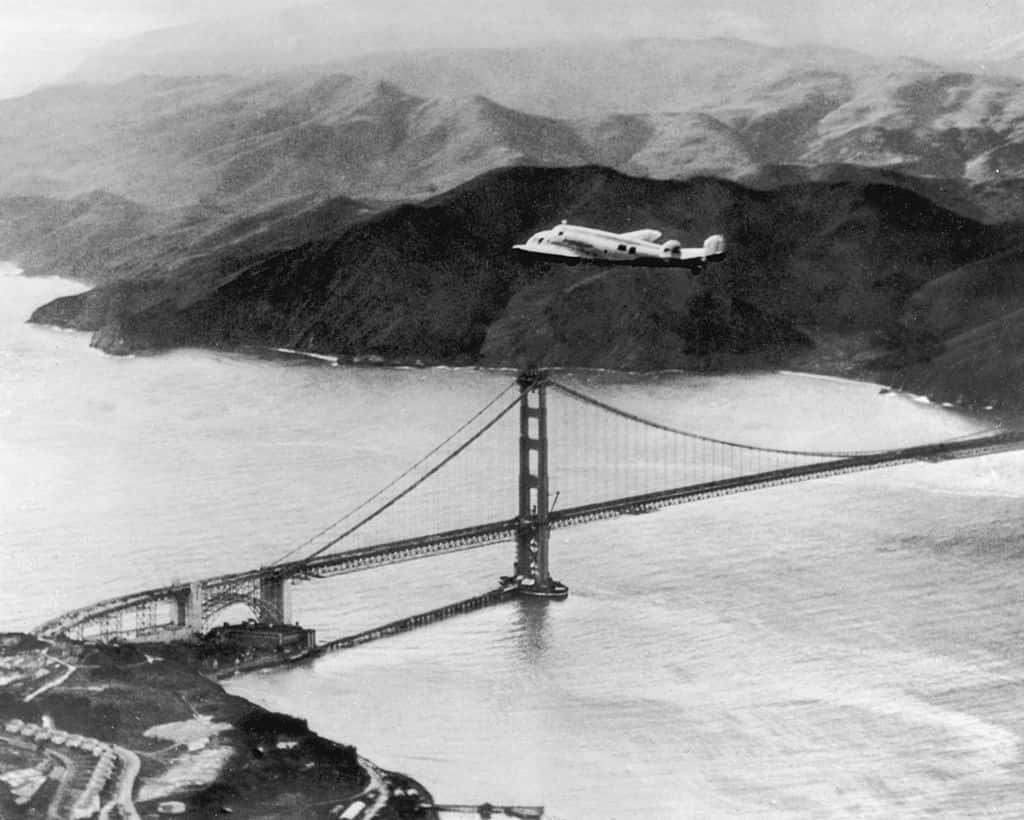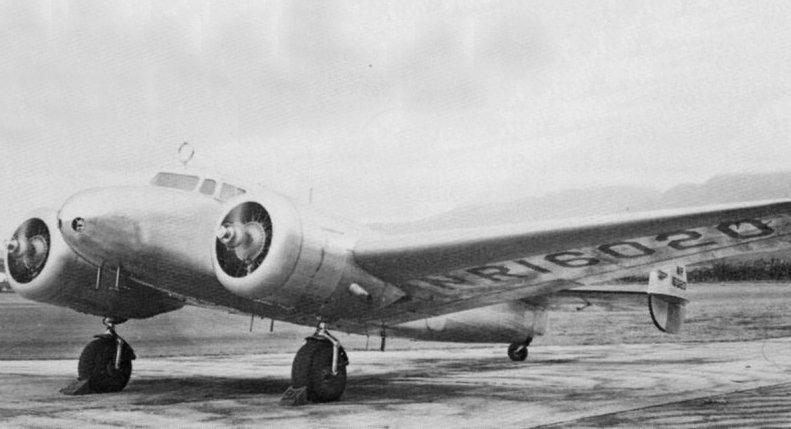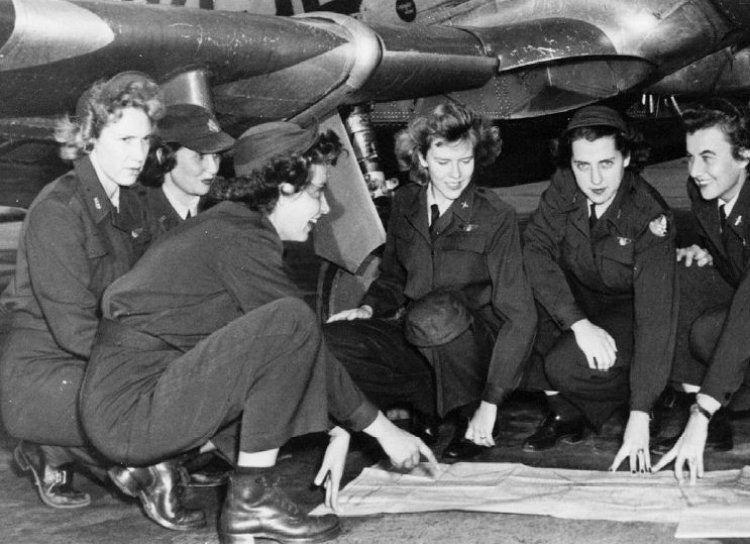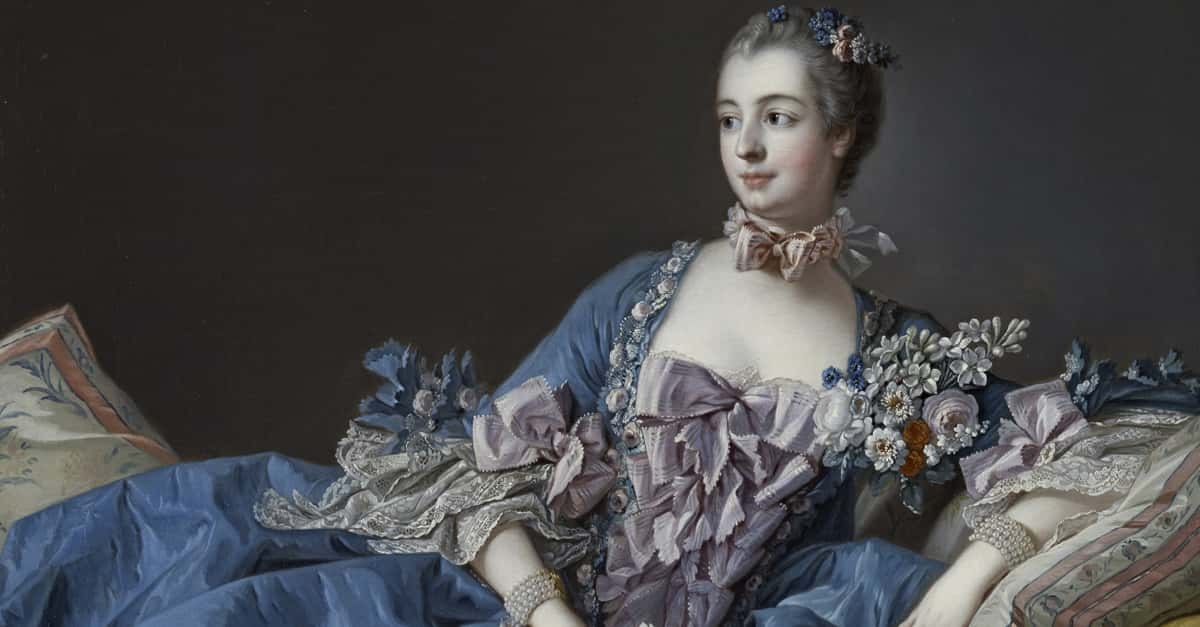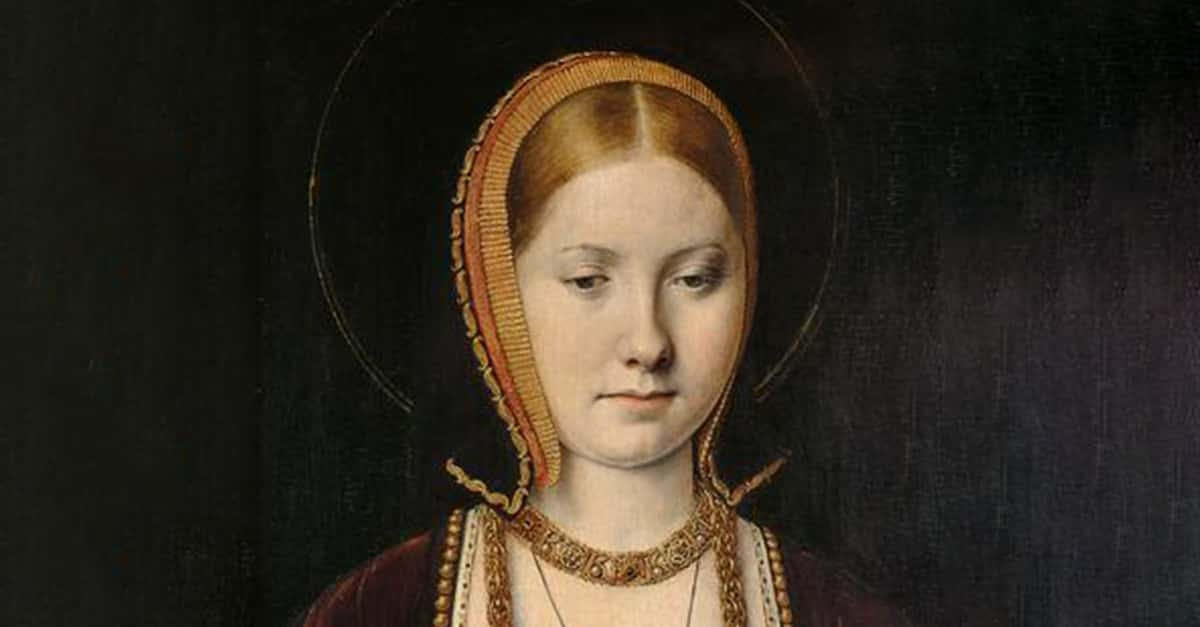Born To Fly
At a time when men dominated the skies, Amelia Earhart refused to let anything stand in the way of fulfilling her dream of flying. Shattering record after record, her skill and tenacity made her a celebrity and icon of women’s equality. Ironically, with such an enormous presence and impact on history, only one thing could possibly overshadow her achievements—her disappearance.
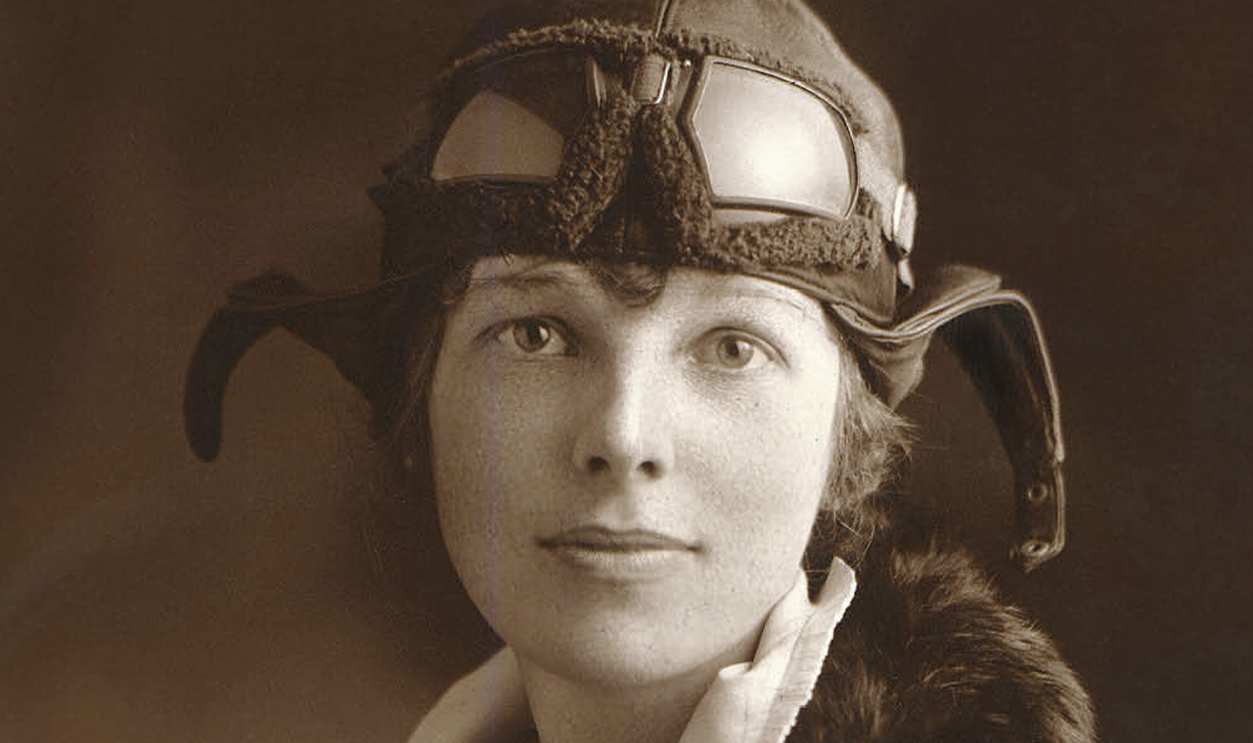
1. They Followed Tradition
Amelia Earhart spent her life pushing the boundaries of what many considered “proper” for women and paving the way for others like her. However, despite how progressive she grew up to become, she was subject to at least one tradition from birth. On July 24, 1897, in Atchison, Kansas, she was born Amelia Mary Earhart according to her family’s custom, taking the two first names of her grandmothers.
However, even in the beginning, it was clear she was meant for more.
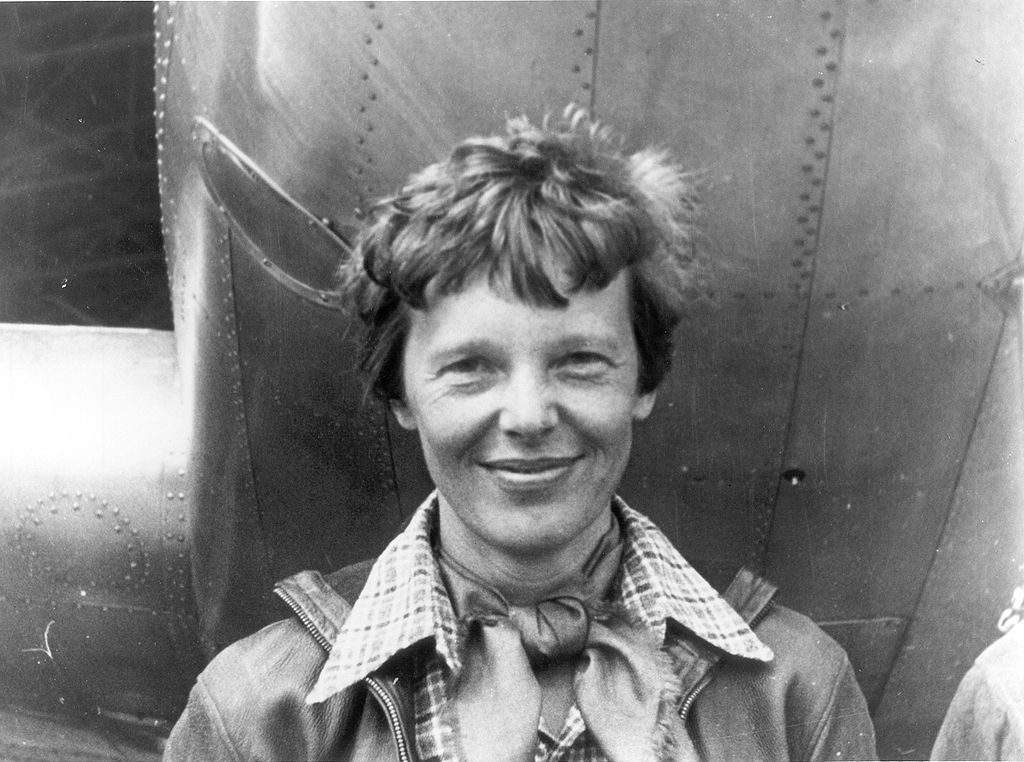 Underwood & Underwood, Wikimedia Commons
Underwood & Underwood, Wikimedia Commons
2. She Was Adventurous
Even if she didn’t start truly flying until later in life, Amelia’s call to adventure began early on when she was growing up with her younger sister, Grace. The two would often spend their days exploring the area around their home, hunting, and collecting all sorts of bugs and critters. This was already seen as going against the norm for girls their age.
This nature led to her first milestone.
3. She Had Her First Flight
Luckily, Amelia’s family supported her daredevil attitude, even sometimes against all thoughts of safety. When she was around seven, her uncle helped her build a ramp on their tool shed’s roof, which she slid down in a makeshift wooden sled. Although coming out with several cuts and bruises, the one thing on her mind was how much it felt like flying.
It wouldn’t be long before she saw the real thing.
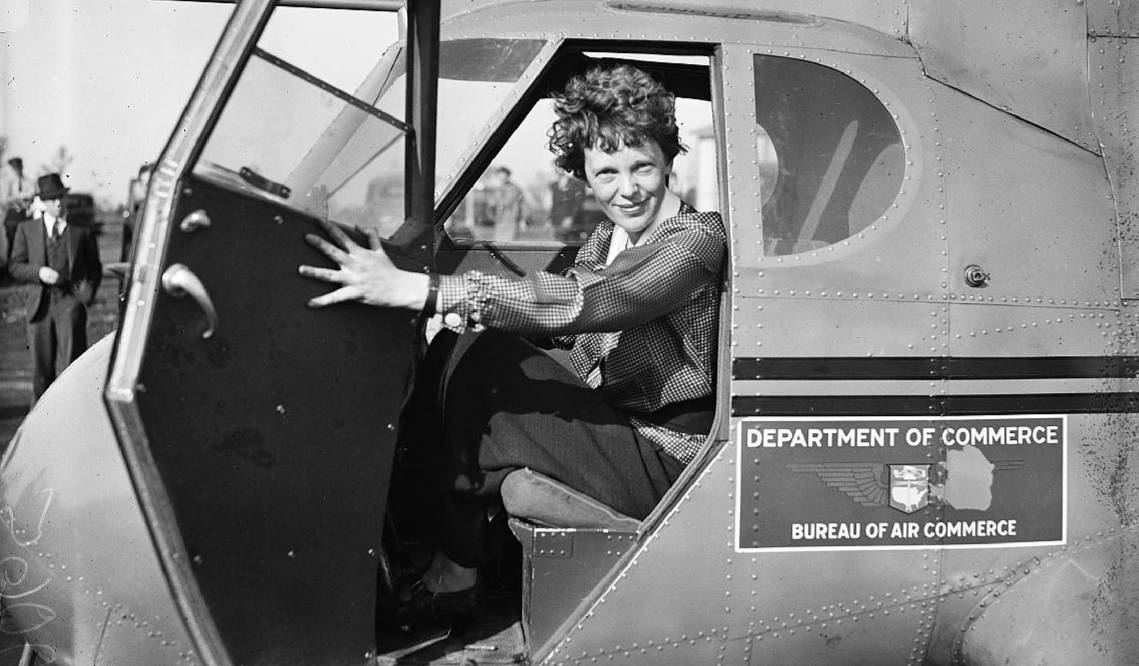 Harris & Ewing, Wikimedia Commons
Harris & Ewing, Wikimedia Commons
4. They Visited The Fair
A year after Amelia’s family moved to Des Moines, Iowa for her father’s work, she saw a glimpse at her future. In 1908, they visited the Iowa State Fair, and she came face to face with her first aircraft. Surprisingly, she had no desire to take a flight, since it was "a thing of rusty wire and wood and not at all interesting" in her words.
Unfortunately, troubles at home were soon to follow.
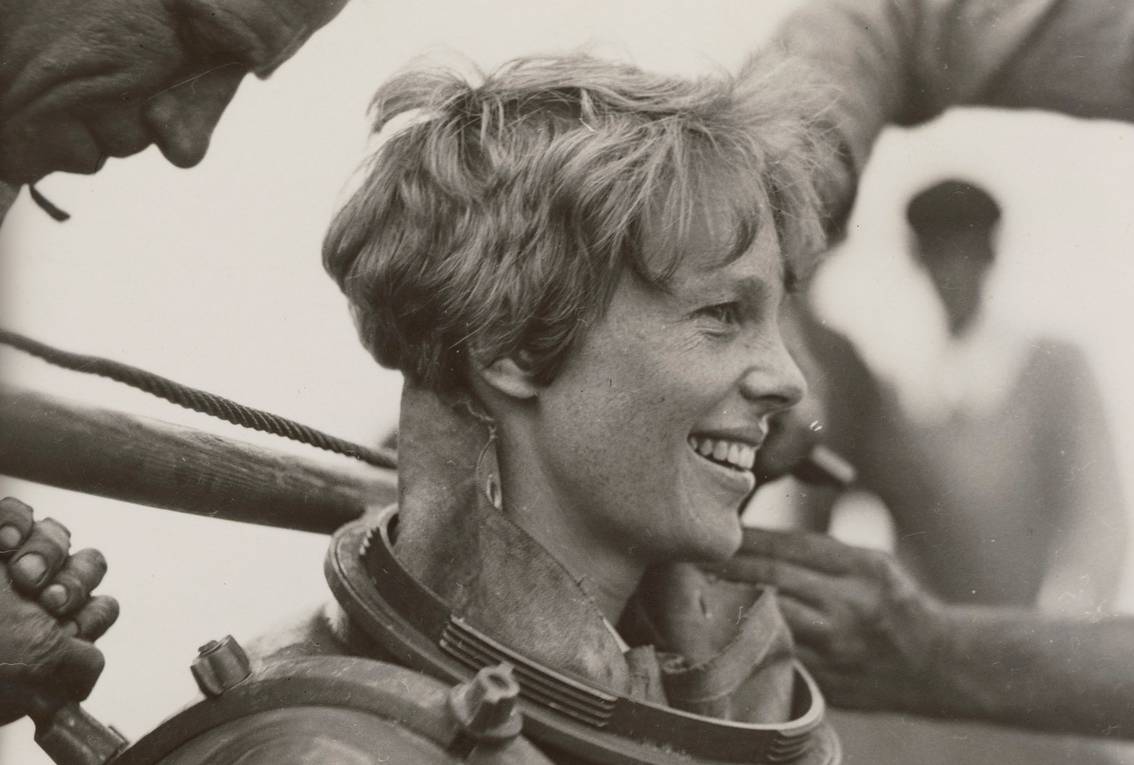 Luciaroblego, CC BY-SA 4.0, Wikipedia Commons
Luciaroblego, CC BY-SA 4.0, Wikipedia Commons
5. Their Family Had Ups And Downs
As the years passed and Amelia Earhart went through her schooling, her parents struggled to provide for their two daughters. Although things were looking up as they purchased a new home and hired two servants to work in it, their fortunes took a turn. In 1914, her father Edwin’s alcoholism had grown to the point of forcing him to retire.
As for Amelia, she would soon travel beyond the bounds of her home.
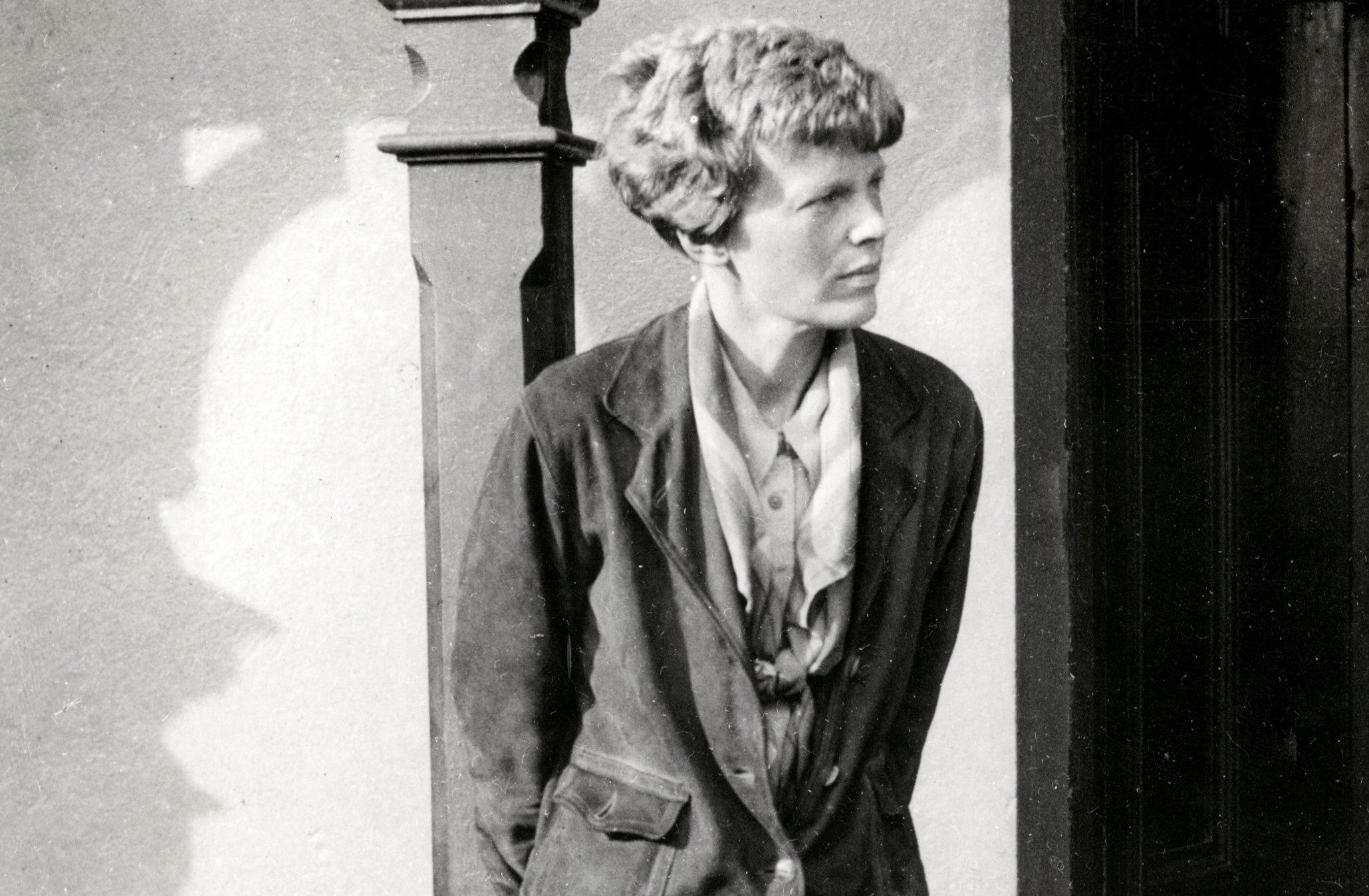 Unknown author, Wikimedia Commons
Unknown author, Wikimedia Commons
6. She Visited Her Sister
By 1917, Amelia had graduated from high school but had only attended college for a bit before leaving. That year, she traveled to Toronto, Canada where her sister was attending school, and saw first-hand the suffering of those returning from the front lines of WWI. This led to her first line of work.
7. She Listened To Stories
Following her encounters with many wounded WWI servicemen, Amelia felt inspired to help out. Training with the Red Cross, she began working as a nurse at the Spadina Military Hospital. While she treated and spoke to many more wounded men—specifically pilots—she listened to their stories, and they seemed to strike a chord.
Following this, she would experience a more concrete call to the skies.
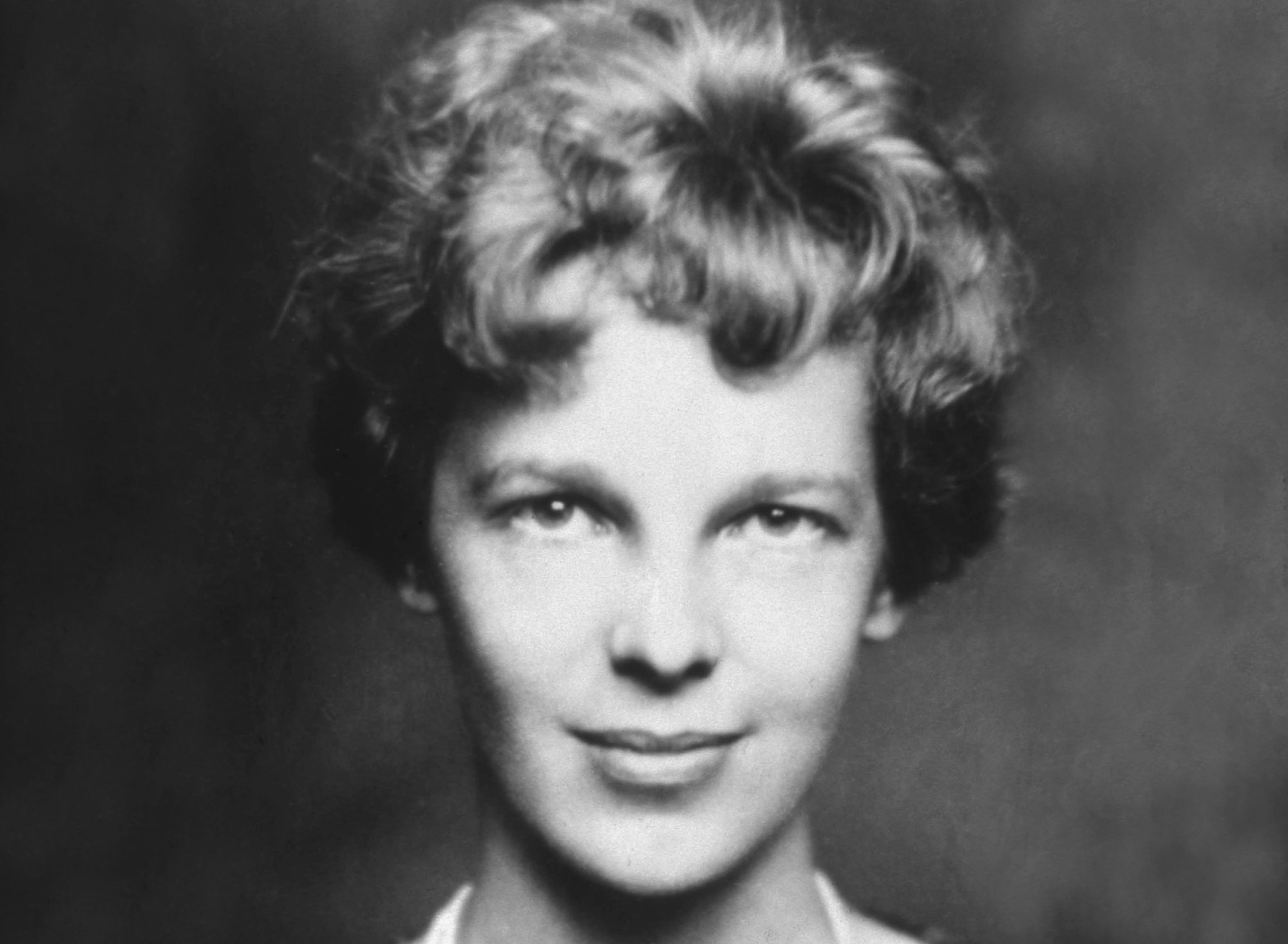 Unknown author, Wikimedia Commons
Unknown author, Wikimedia Commons
8. She Grew More Interested
As she entered the 1920s, Amelia’s interest in aircraft grew, and surged during one specific event in Toronto. She and a friend attended the Canadian National Exhibition, where she was so entranced that she resolved to visit all the air circuses around. One significant moment occurred during a WWI ace’s flying exhibition when he tried a shocking feat.
Even then, Amelia displayed her boldness.
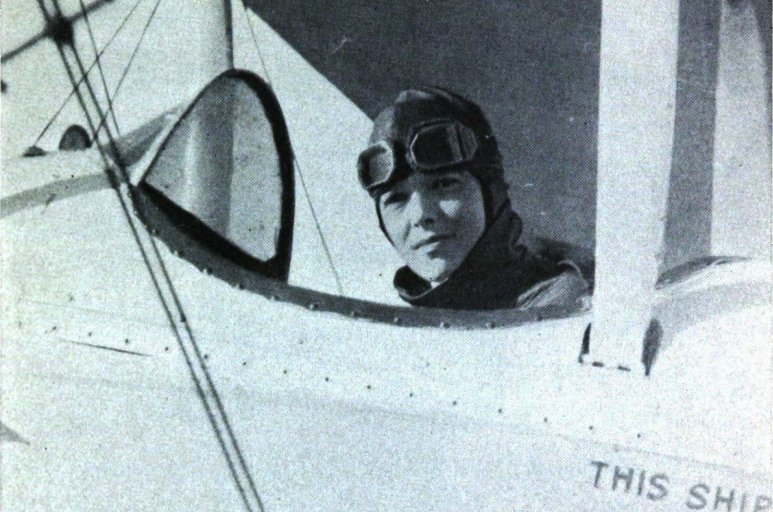 Amelia Earhart, Wikimedia Commons
Amelia Earhart, Wikimedia Commons

History's most fascinating stories and darkest secrets, delivered to your inbox daily.
9. She Was Unphased
While watching this flying exhibition, Amelia and her friend got the pilot’s attention while they stood apart from the crowd. Wanting to pull a small prank, the ace dove at them in his plane, believing they would run scared. He clearly didn’t know who he was dealing with, since Amelia simply stood still in wonder as the plane soared by and awoke something in her.
Then, she wanted the true experience.
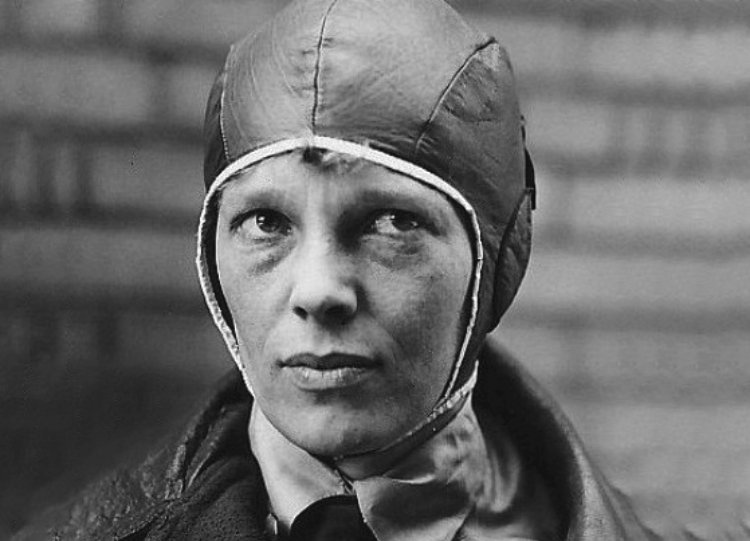 Wide World Photos, Wikimedia Commons
Wide World Photos, Wikimedia Commons
10. She Flew For Real
At the end of 1920, while she and her father were in Long Beach, California, they attended an aerial meet, which was likely her idea. Wanting any flying experience she could get her hands on, she asked her father to book her on a passenger flight the next day. After flying for 10 minutes with famed air racer Frank Hawks, Amelia’s purpose in life had cemented.
All she needed to do was learn more.
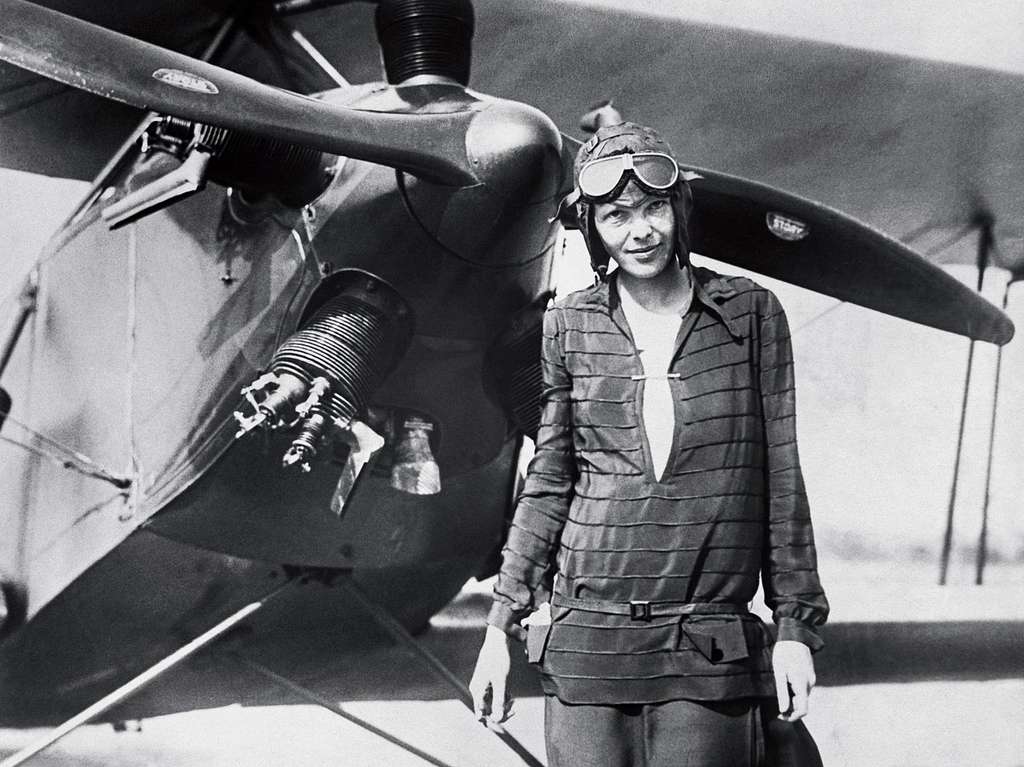 Luciaroblego, CC BY-SA 4.0, Wikimedia Commons
Luciaroblego, CC BY-SA 4.0, Wikimedia Commons
11. She Started Training
Enlisting the already accomplished female pilot, Neta Snook, as her instructor, Amelia started training to fly at the beginning of 1921. Learning in a Curtiss JN-4 that Snook had salvaged and restored herself, Amelia had to work multiple jobs to afford the many hours of training, but it was well worth it.
Clearly, she felt excited to start her flying career.
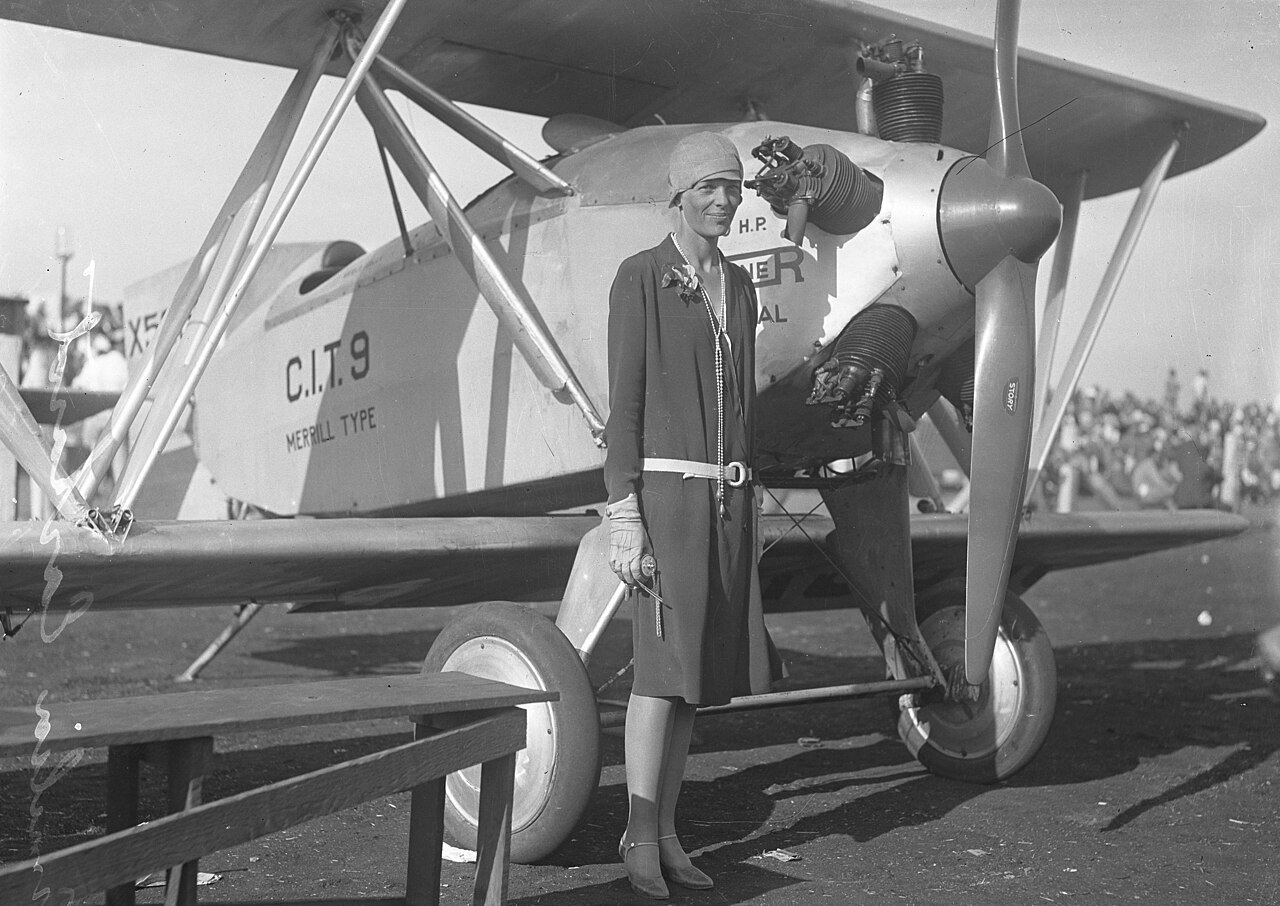 Los Angeles Daily News, CC BY 4.0, Wikimedia Commons
Los Angeles Daily News, CC BY 4.0, Wikimedia Commons
12. She Bought Her First Craft
Six months into her training, Amelia was so invested in her flying career that she couldn’t resist making a big purchase, even with her instructor's objections. Evident of her commitment, she bought a second-hand Kinner Airster biplane and named it “The Canary” for its chromium-yellow coloring.
Aside from the actual plane, she also wanted to appear like a professional.
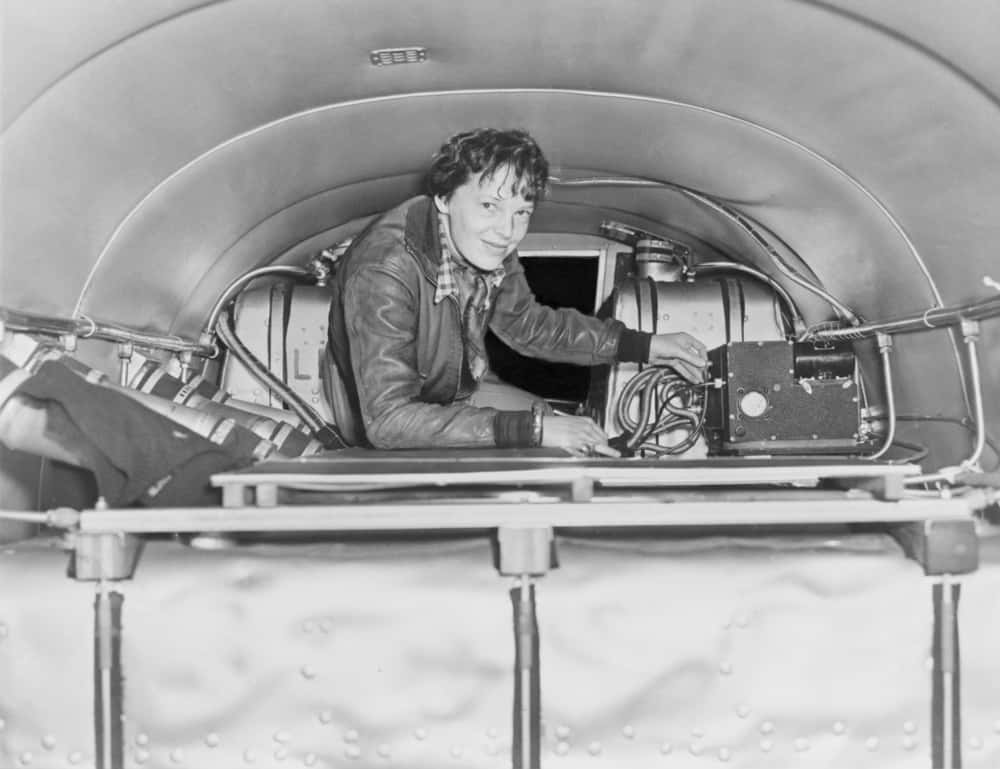 Everett Collection, Shutterstock
Everett Collection, Shutterstock
13. She Looked The Part
Inspired by the female pilots she met and read about, Amelia did her best to look like them. This meant cropping her hair short and rewarding her first successful solo landing with a brand-new leather flying coat. The other pilots teased her about how fresh the coat looked, so she stained it with engine oil and slept in it to make it seem more aged.
Even if some laughed, she certainly proved herself.
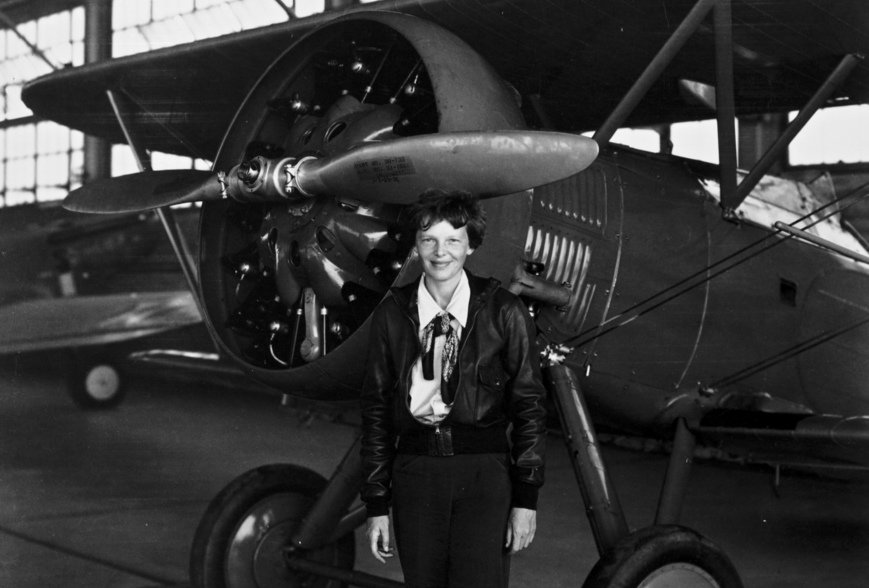 The U.S. National Archives, Picryl
The U.S. National Archives, Picryl
14. She Set A Record
After only another year of flying, Amelia became skilled and daring enough to etch her name into the history of aviation. Taking The Canary out on October 22, 1922, she kept flying higher and higher until finally, she broke the world altitude record for female pilots, having reached 14,000 feet above the ground.
Meanwhile, her family troubles resurfaced.
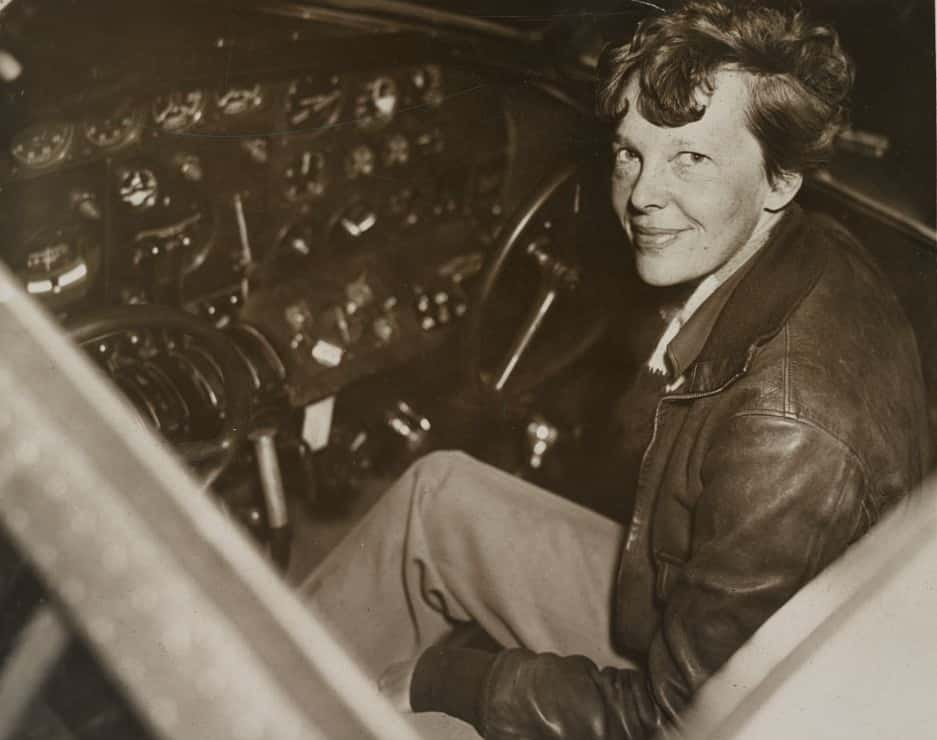 New York World-Telegram, Wikimedia Commons
New York World-Telegram, Wikimedia Commons
15. They Took A Trip
Sadly, as time passed, Edwin Earhart’s alcoholism worsened and his marriage suffered. In 1924, the couple divorced, but Amelia was there to take care of her mother, Amy. She and Amy took a road trip across North America, stopping at several spots along the way and ending in Boston, Massachusetts.
There, she found a proper community.
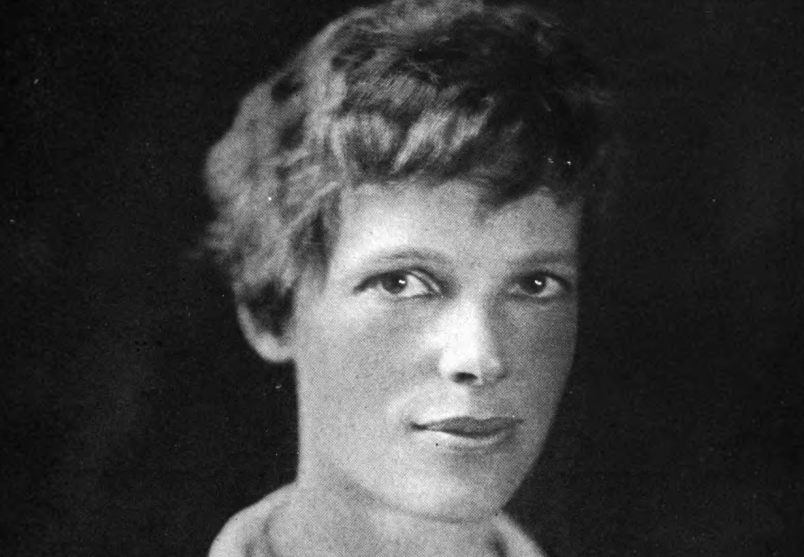 Amelia Earhart, Wikimedia Commons
Amelia Earhart, Wikimedia Commons
16. She Found Her People
Amelia's residence wasn’t far from where her road trip had ended, as she lived in Medford, Massachusetts during the mid-1920s. Her passion for flying flourished there, as she joined the American Aeronautical Society. Not only that, but the other members soon elected her as the vice-president of the society’s Boston chapter.
This led to another honor.
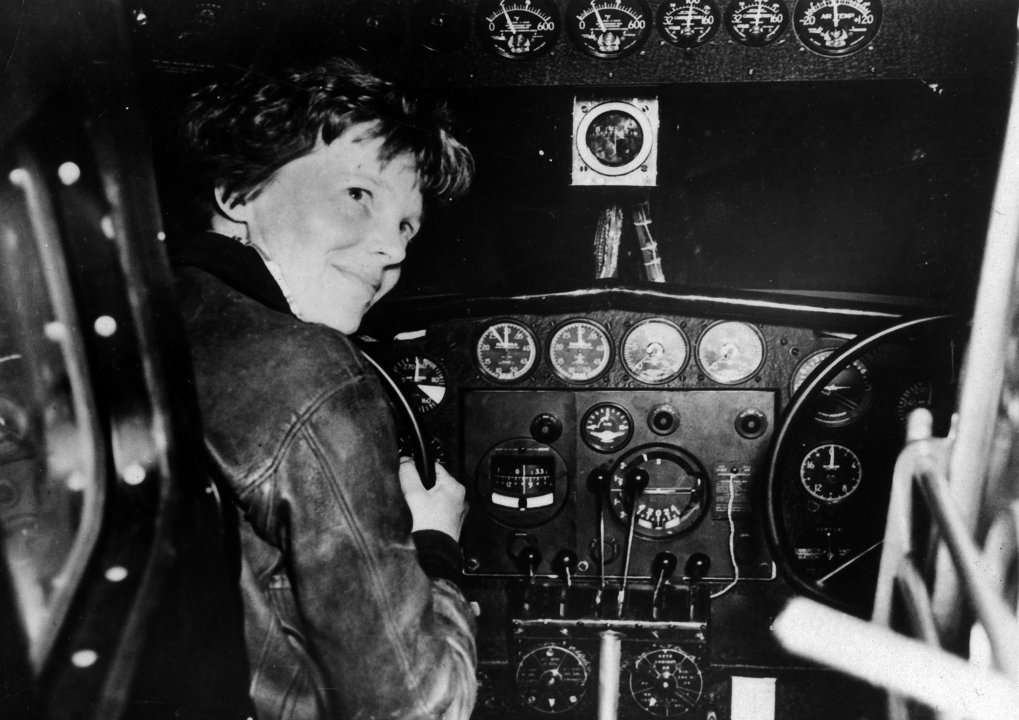 The U.S. National Archives, Picryl
The U.S. National Archives, Picryl
17. She Was Another First
Also while living in Medford, Amelia wanted to stay involved in various aviation projects, including Dennison Airport in Quincy, Massachusetts. By investing a small amount, she helped to finance the airport’s operation and received the honor of flying out its first official flight in 1927.
After this, her accomplishments just kept coming.
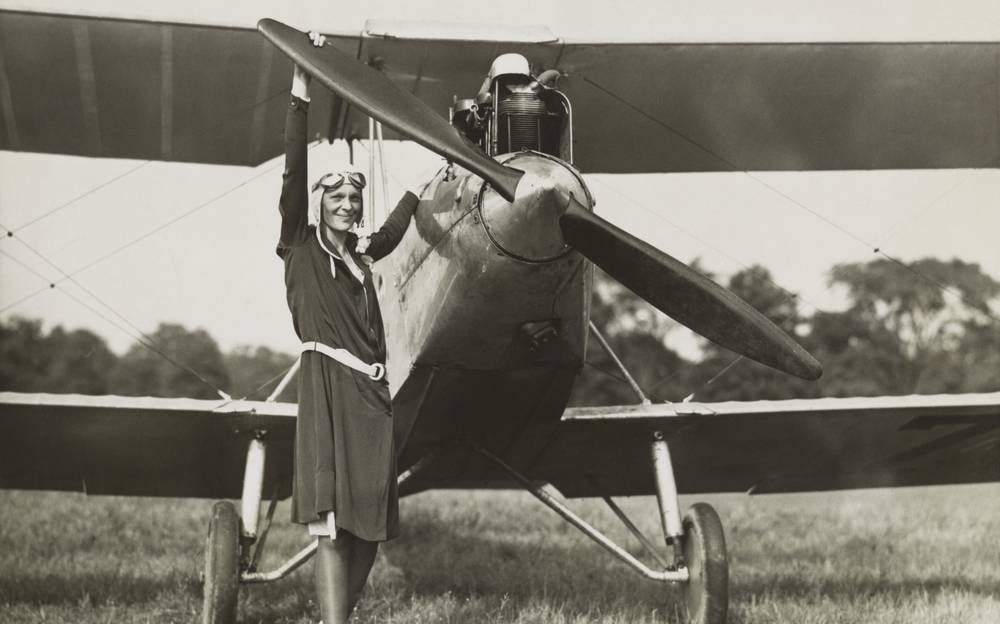 Everett Collection, Shutterstock
Everett Collection, Shutterstock
18. She Joined An Unprecedented Trip
Amelia was the first in another achievement the following year and this time outside North America. Boarding as a passenger, she joined pilot Wilmer Stultz and co-pilot Louis Gordon as they flew a plane from Newfoundland to South Wales. With this single trip, she became the first woman to cross the Atlantic Ocean in a plane.
Despite this great feat, she underplayed her involvement.
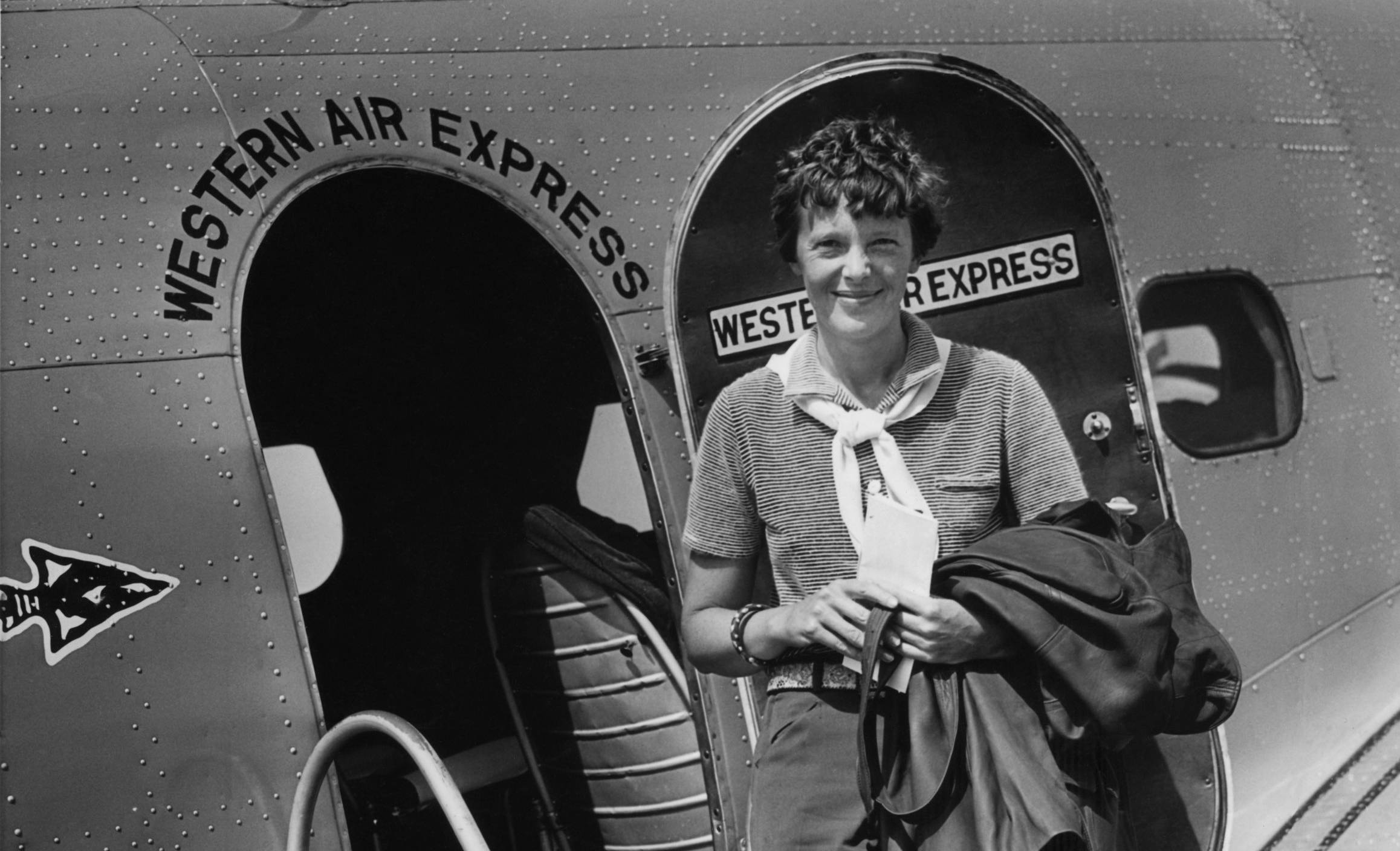 Everett Collection, Shutterstock
Everett Collection, Shutterstock
19. She Was Humble
Although this trip had been monumental for her, Amelia didn’t immediately see it as so. As she hadn’t piloted the plane and didn’t even have training on its type, she pointed all the credit toward Stultz. She even jokingly referred to herself as “baggage, like a sack of potatoes”, but even so, everyone thought differently.
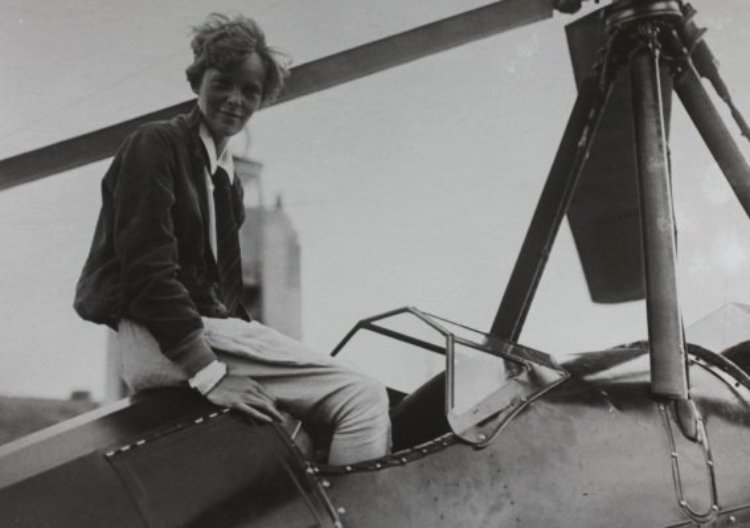 San Diego Air & Space Museum Archives, Wikimedia Commons
San Diego Air & Space Museum Archives, Wikimedia Commons
20. They Loved Her
Amelia may have displayed admirable humility following her Atlantic crossing, but the public didn’t see it the same way. Upon her return, people greeted her with a heroine’s welcome and celebrated her accomplishments. This wasn’t only in America, as global news outlets had started talking about her.
This led to her growing in popularity as an icon.
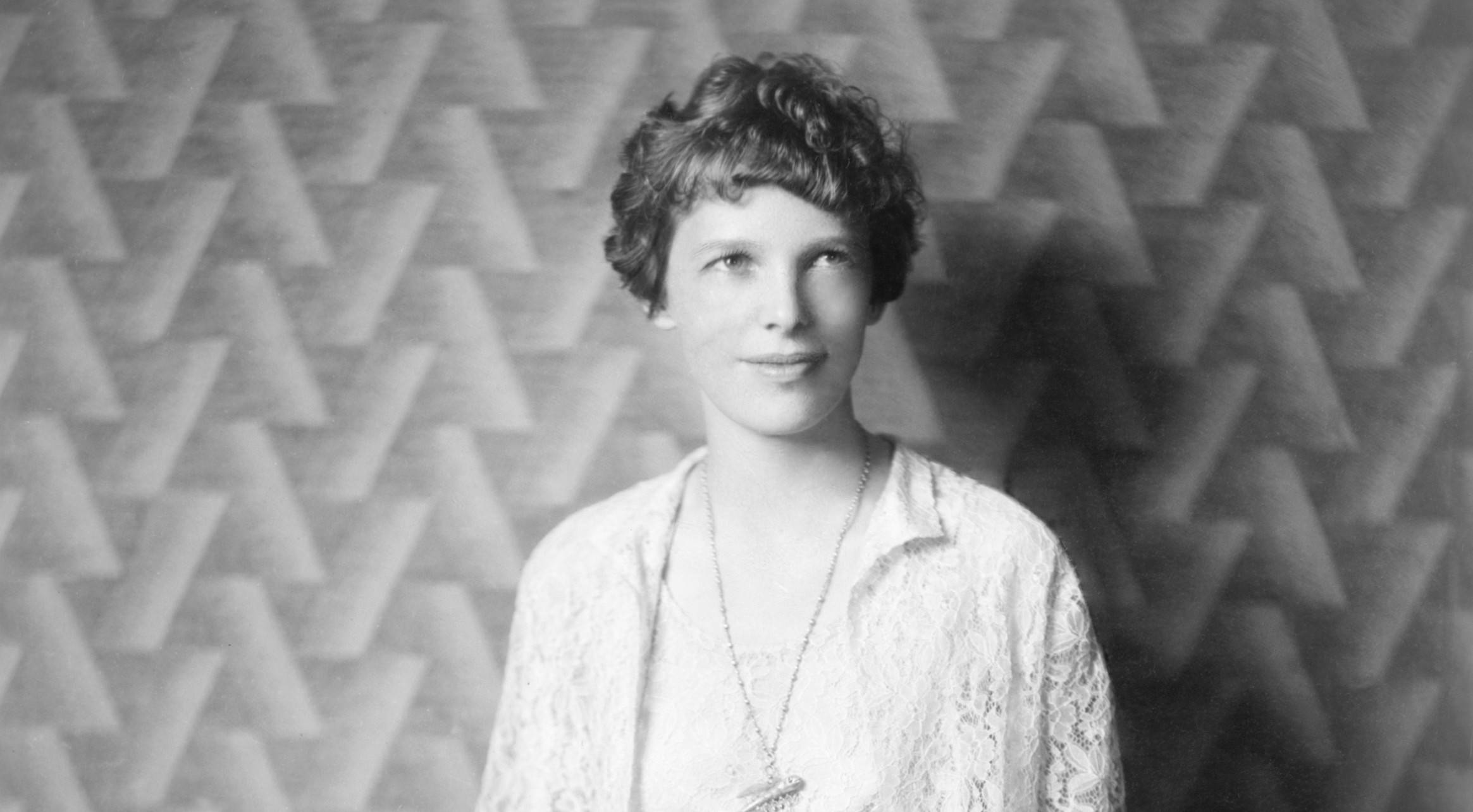 Everett Collection, Shutterstock
Everett Collection, Shutterstock
21. She Became A Household Name
As the 1920s proceeded following her triumphant return, Amelia transformed into a celebrity. This was mainly due to her efforts and those of publicist George P Putnam, who had helped organize her Atlantic trip in the first place. Together, they built a brand for her, as companies paid her to promote their products, especially in fashion.
Then, she upped the ante.
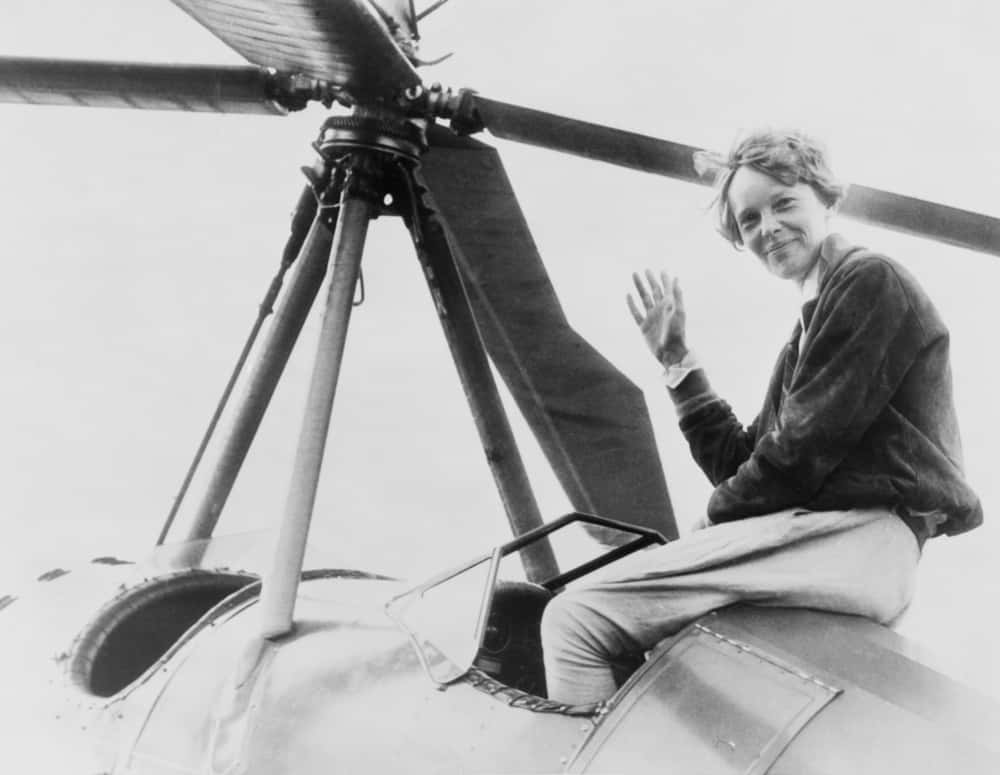 Everett Collection, Shutterstock
Everett Collection, Shutterstock
22. She Flew Cross-Continent
By the decade’s end, Amelia Earhart had garnered the respect and admiration of many more experienced pilots, especially those who flew with her, like General Leigh Wade. This high regard was even more justified when in August 1928, she flew solo across North America from LA to New Jersey and back, becoming the first woman to complete such a flight.
Of course, she didn’t want to be the only woman gaining these achievements.
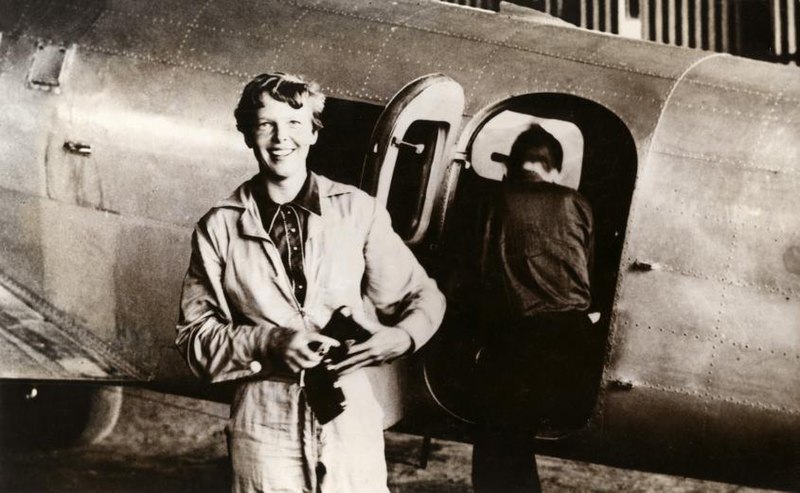 Nationaal Archief, Wikimedia Commons
Nationaal Archief, Wikimedia Commons
23. She Pushed For Change
While today we know the massive list of records Amelia Earhart broke as a female pilot, it wasn’t always that way. However, after joining as an official of the National Aeronautic Association in 1930, she urged them to introduce holding separate records for women. She then convinced the Fédération Aéronautique Internationale to do the same.
At the same time, she continued shattering records across the board.
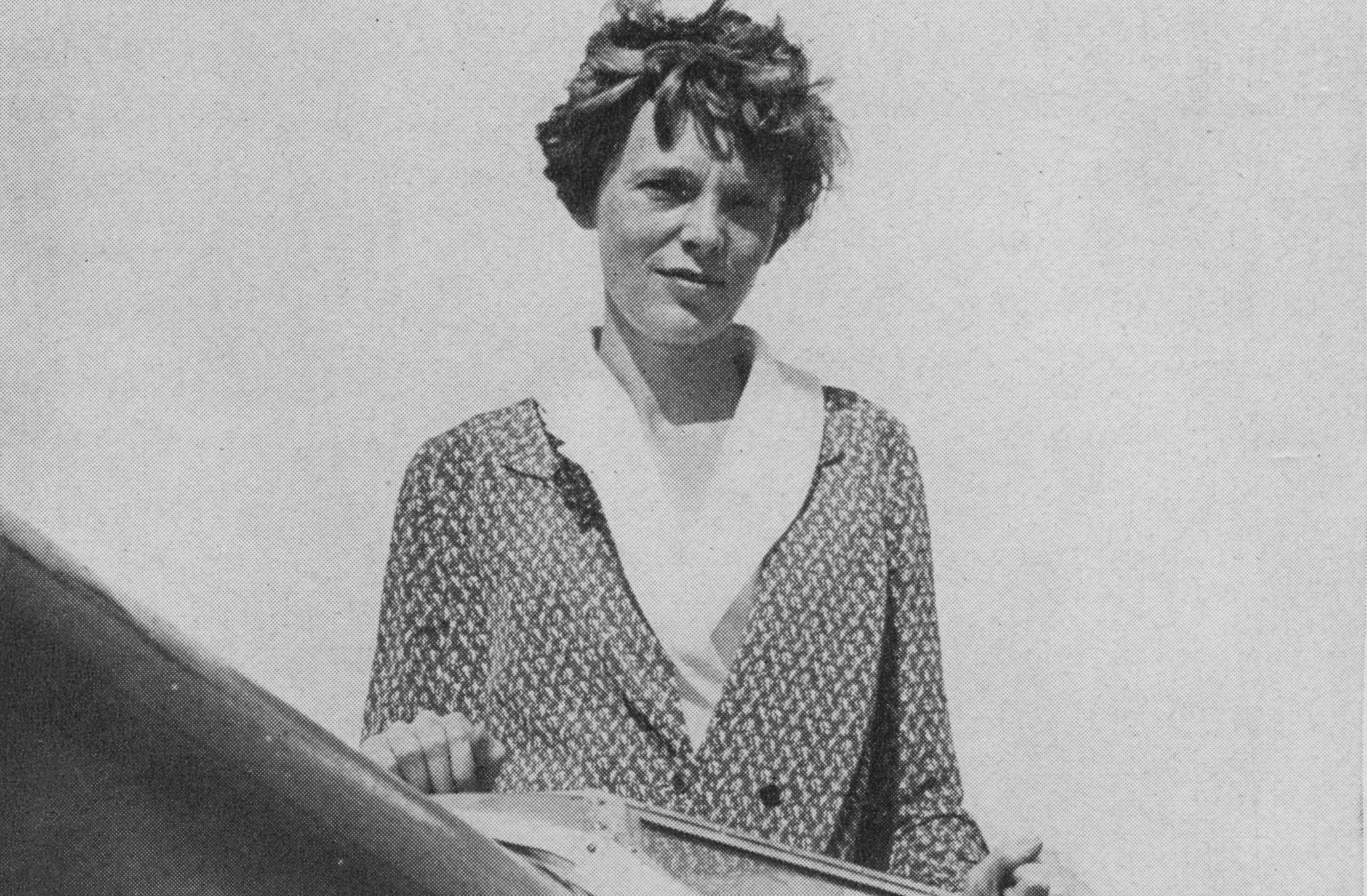 Amelia Earhart, Wikimedia Commons
Amelia Earhart, Wikimedia Commons
24. She Went Even Higher
The following year, Amelia attempted to beat a record she had already broken, but this time not only as a female pilot. Using a Pitcairn PCA-2 provided by the Beech-Nut Chewing Gum company, she flew higher than ever before on April 8 and set the record for the highest global altitude reached at 18,415 feet.
All of this allowed her to find the right people.
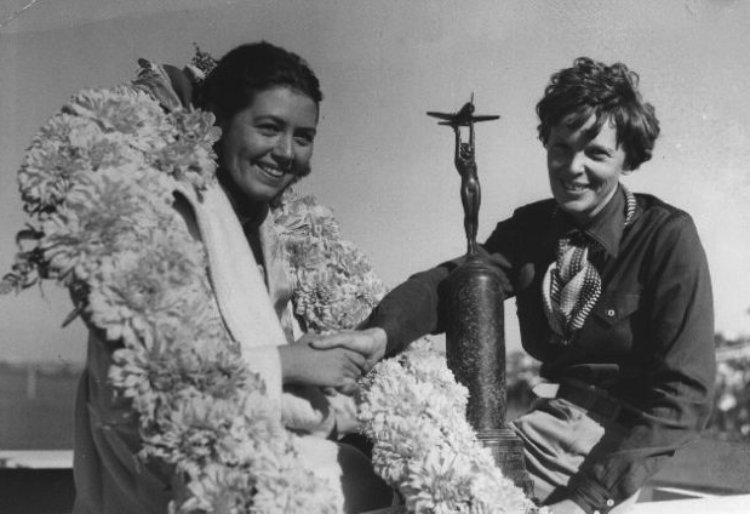 San Diego Air and Space Museum, Picryl
San Diego Air and Space Museum, Picryl
25. She Made A Community
Amelia Earhart wasn’t the only licensed female pilot during her time and wasn’t alone in her push for change. From 1929 to 1930, she was instrumental in forming a women’s flying organization, The Ninety-Nines, to support female pilots. In fact, she even suggested the name and they quickly elected her president in 1930.
Beyond them, Amelia also found a life partner.
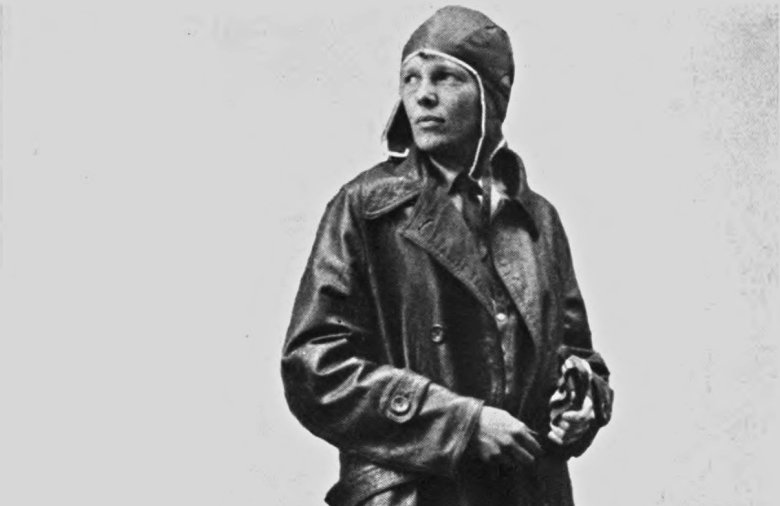 Amelia Earhart, Wikimedia Commons
Amelia Earhart, Wikimedia Commons
26. They Got Together
Having broken an engagement a few years prior, Amelia soon tied the knot with a man she had spent much of her time with. On February 7, 1931, she married her publicist George P Putnam. While they were fond of each other, many, including Amelia, considered it more of an equal “partnership” or marriage of convenience.
Soon, she readied for her biggest challenge yet.
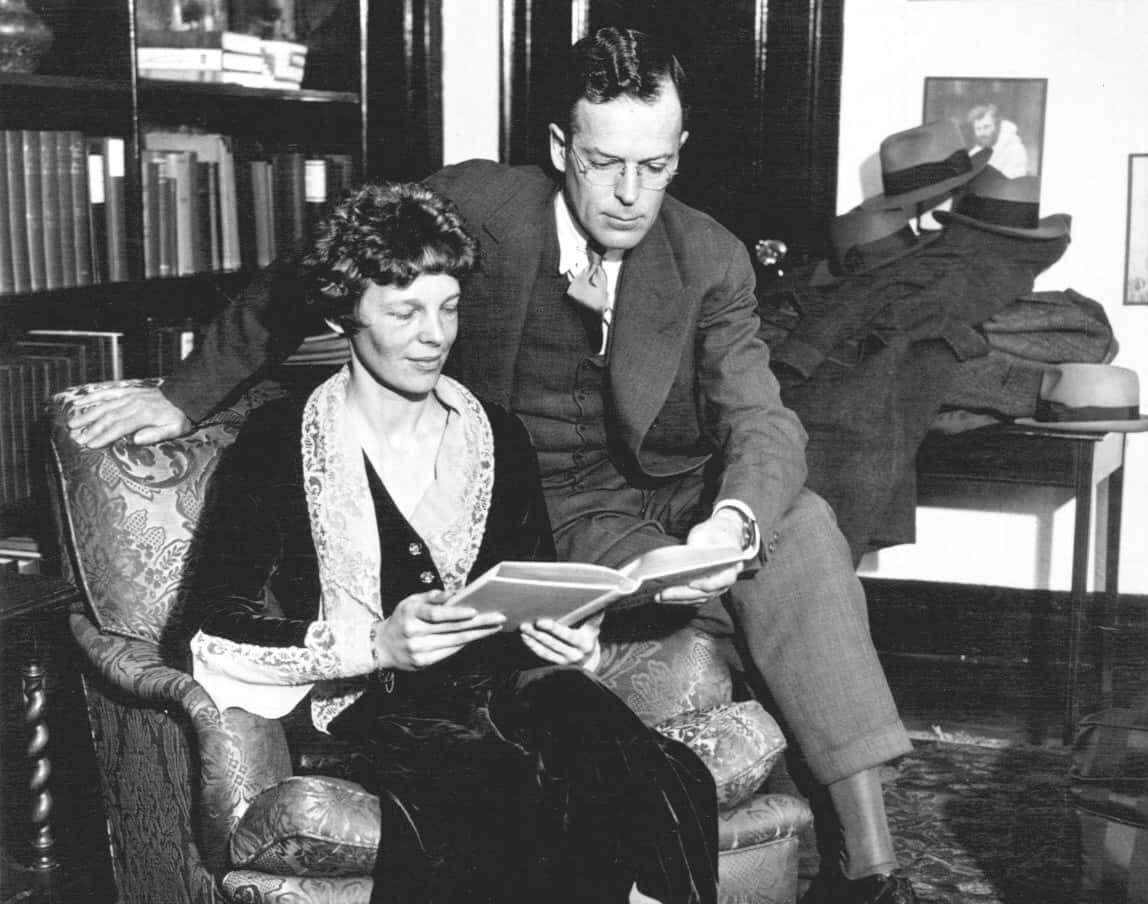 International News Photos, Wikimedia Commons
International News Photos, Wikimedia Commons
27. She Crossed The Ocean Again
Amelia had already been the first woman to cross the Atlantic in a plane, but she strived for something bigger on May 20, 1932. Taking off from Newfoundland in her Lockheed Vega 5B, she intended to fly across the ocean to Paris. However, she landed in Northern Ireland instead and became the first woman to fly nonstop across the Atlantic solo.
With her growing stardom, Amelia encountered some big names.
28. She Met Important People
Amelia’s accolades continued to pour in, and she received awards from the French government, the US Congress, and President Herbert Hoover. This led to many significant introductions, such as with First Lady Eleanor Roosevelt, who became quick friends with Amelia and even briefly developed an interest in flying herself.
Of course, Amelia wasn’t done with flying by a long shot.
29. She Did What Others Couldn’t
Although others had tried to fly from Honolulu, Hawaii, to Oakland, California, all solo attempts at this specific route had failed—and even ended disastrously for some. However, in a Lockheed 5C Vega, Amelia seemingly had an easy time and became the first solo aviator to make the flight on January 11, 1935.
However, within a year, she was already thinking of her next great accomplishment.
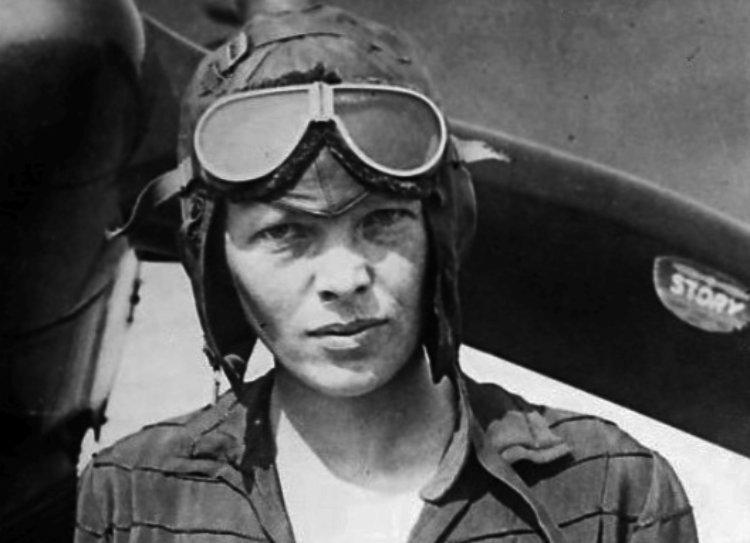 Wide World Photos, Wikimedia Commons
Wide World Photos, Wikimedia Commons
30. She Dreamed Bigger
Amelia had completed many oceanic flights, but she grew tired of these, especially as they were the extent of what her plane could do at the time. Finally, she spoke about how she dreamt of a flight that would far surpass all she had done before—flying around the world. She wasted no time in preparation.
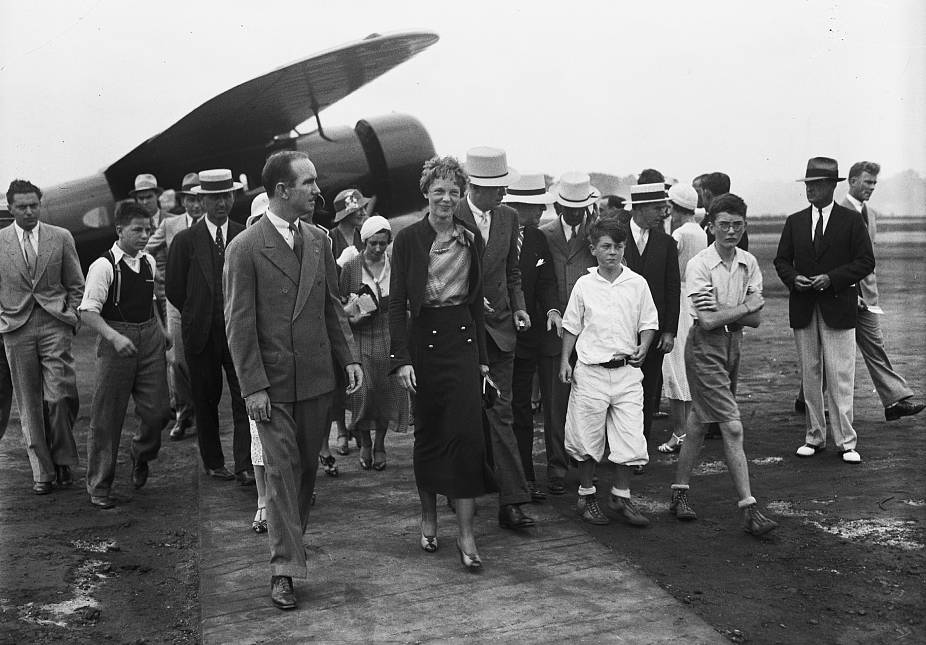 Harris & Ewing, Wikimedia Commons
Harris & Ewing, Wikimedia Commons
31. She Planned It All
As 1936 began, Amelia started planning her flight around the world, which would make her the first woman to do so. The initial idea was to depart from Hawaii and cross the US, then circle the globe following a route close to the equator, heading East until she completed the circumnavigation.
Thankfully, she had some help.
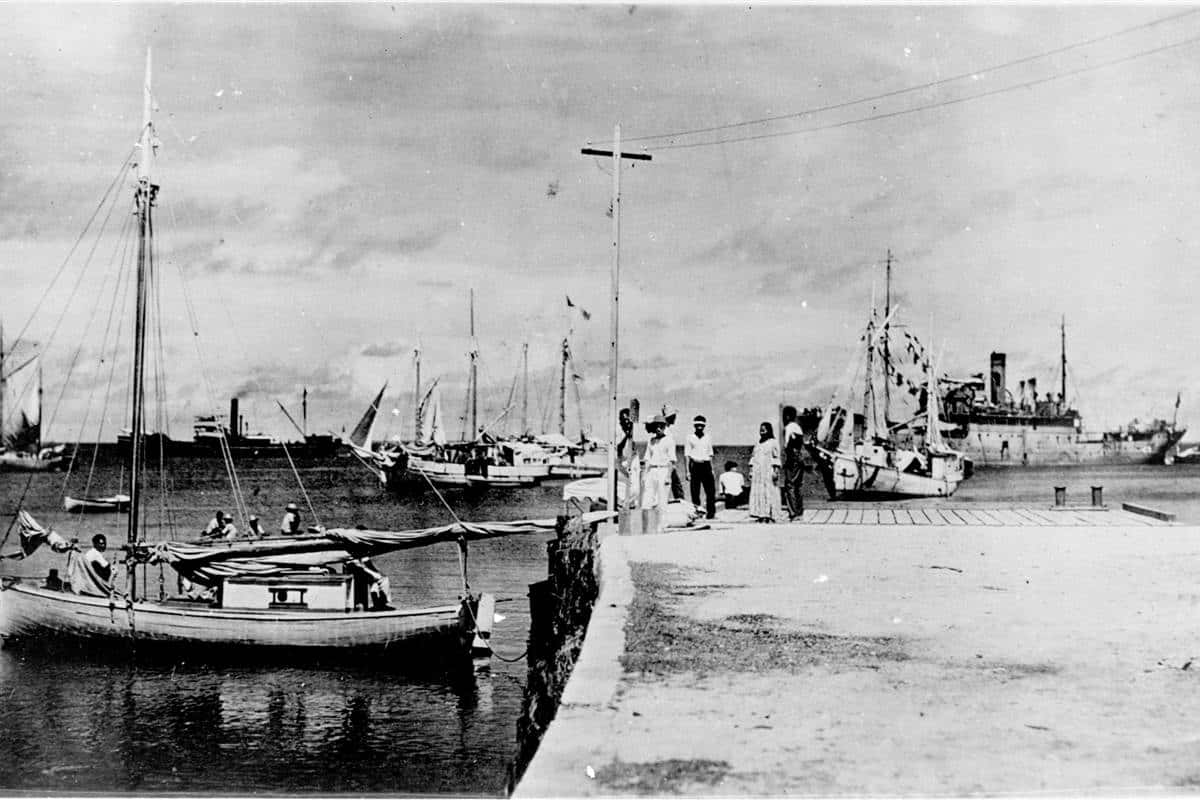 National Archives and Records Administration, Wikimedia Commons
National Archives and Records Administration, Wikimedia Commons
32. They Supported Her
The scale of Amelia’s planned trip was too much for the plane she had been using, or any she had access to at the time. Fortunately, Purdue University established a fund in her name and helped purchase a new Lockheed Electra 10E. Even then the plane wasn’t sufficient, so Lockheed made several modifications, including extra fuel tanks.
With the right plane for the job, Amelia needed a proper partner.
33. She Got The Right Guy
Amelia had chosen navigator Henry Manning to join her, as she worked with him before. However, during both test flights to ensure he could navigate them properly, they ended up in the wrong place due to his error. Instead, Amelia’s husband and publicist George chose Fred Noonan, who had experience in flight and marine navigation.
Soon, it was time to take off.
34. She Tried Once
Ready to circle the globe, Amelia and Noonan boarded their plane in Pearl Harbor on March 17, 1937, but unfortunately, never got the chance. On takeoff, the plane suddenly rotated and crashed, but its crew luckily suffered no fatalities. It’s unknown why this happened, but the two aviators had to send the aircraft out for repairs and try another day.
They wouldn’t have to wait too long.
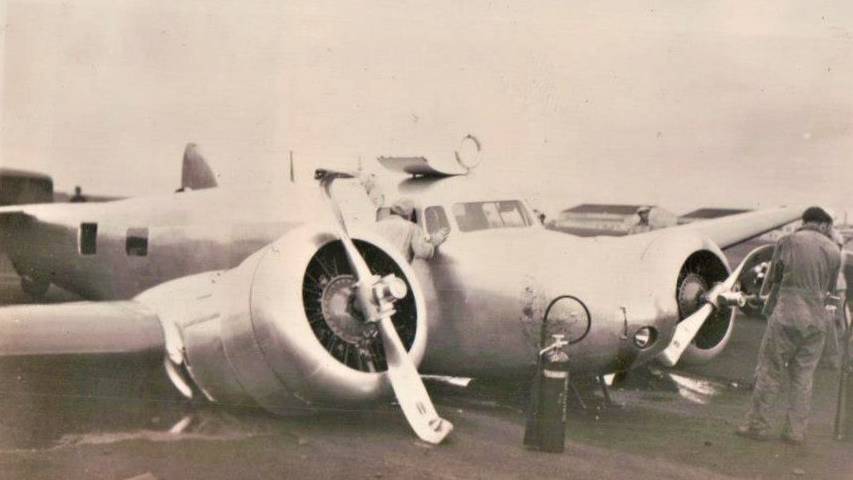 JRdxbcmc, CC BY-SA 4.0, Wikimedia Commons
JRdxbcmc, CC BY-SA 4.0, Wikimedia Commons
35. They Set Off
Determined and rarin’ to go, Amelia and Noonan made their second attempt on June 1, 1937, leaving North America from Miami, Florida. After traveling roughly 22,000 miles, and making numerous stops along the continents, their plane landed at Lae, New Guinea nearly a month later.
However, this had been the easy part.
36. They Began The Last Stretch
The longer leg of Amelia and Noonan’s trip was over and done, and they had about 7,000 miles left before they reached their end destination of Oakland, California. With their plane loaded up, they left Lae Airfield on July 2 and expected to arrive at their first stop on Howland Island the next day.
At this point, they did have someone looking out for them.
37. They Sent A Ship
Amelia’s plane may have had only a two-person crew, but they weren’t alone on this trip. To help with their navigation and keep up regular communication, the US Coast Guard dispatched the USCGC Itasca to stand by off the coast of Howland Island. Aside from providing navigation via radio, the ship’s boilers created a dark smoke column as a guiding beacon.
Sadly, none of this was enough.
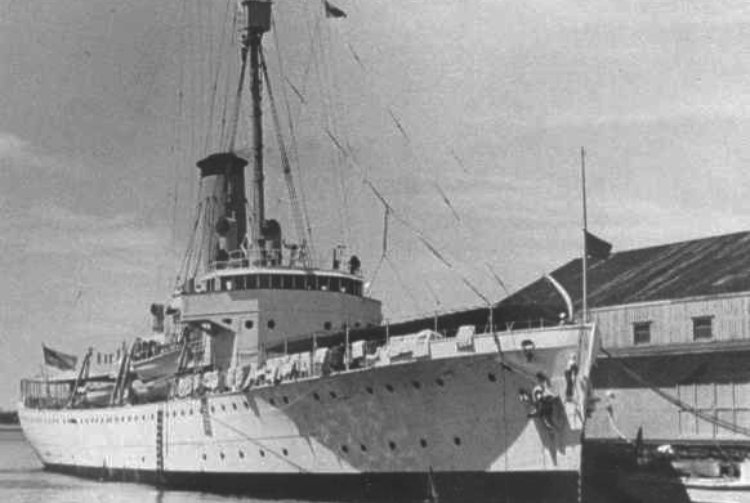 Unknown author, Wikimedia Commons
Unknown author, Wikimedia Commons
38. Their Connection Was Spotty
Having started their journey bright and early, Amelia communicated with the Itasca with regular check-ins. At 2:45 am and 5 am, she reported that the skies were overcast, but nothing else seemed seriously wrong. Since she and Noonan were far from Howland Island, their transmissions at this point were full of static.
They weren’t the only ones with issues.
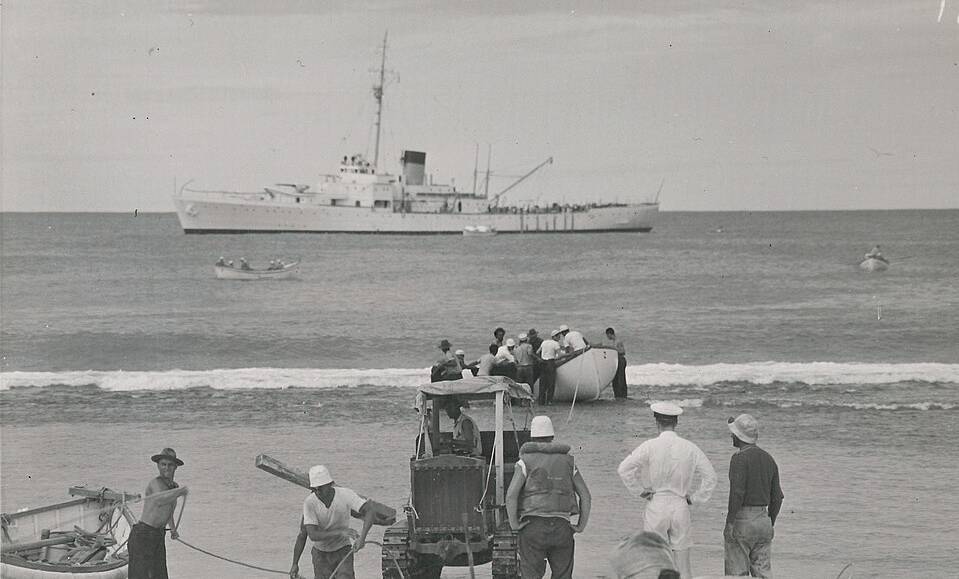 L.A.B. Pearl Harbor, Wikimedia Commons
L.A.B. Pearl Harbor, Wikimedia Commons
39. She Couldn’t Hear Them
Amelia and Noonan seemingly had smooth flying for the first bit of this stretch, but troubles soon started emerging. As they grew closer to Howland Island, they tried to contact the Itasca but encountered some interference. While the ship was receiving Amelia’s transmissions loud and clear, she couldn’t hear their responses.
As for Amelia, her problems kept piling up.
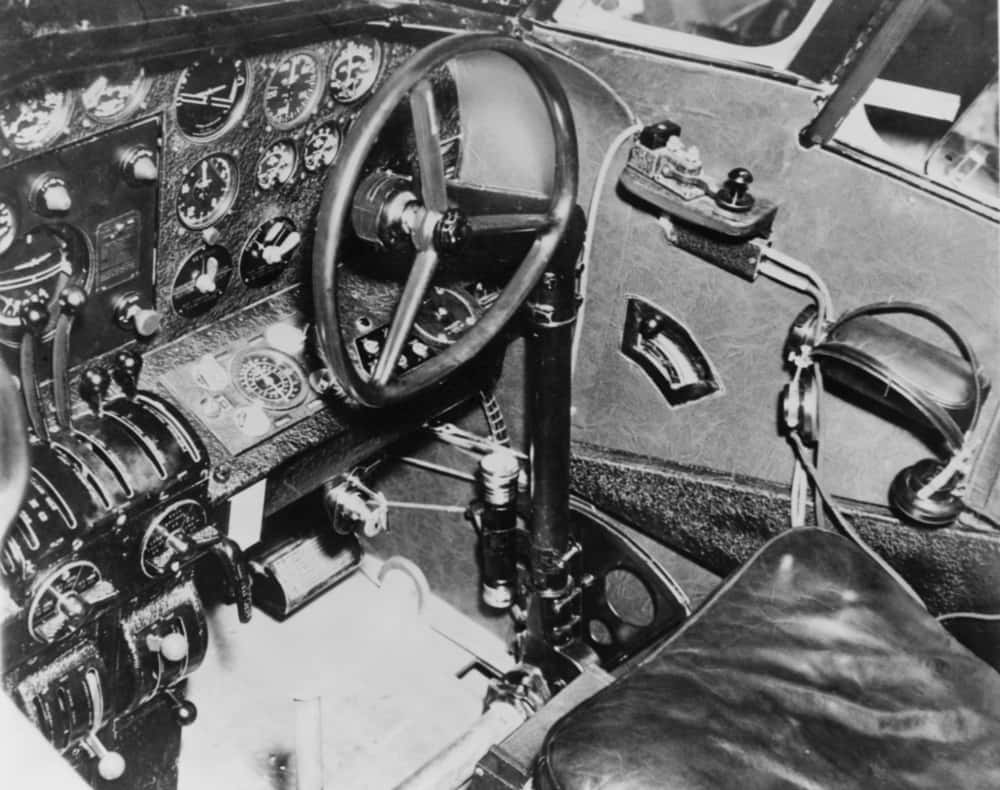 Everett Collection, Shutterstock
Everett Collection, Shutterstock
40. They Were Running Low
Allegedly, Amelia and Noonan were nearing Howland Island and the Itasca, but neither they nor the ship had any way of knowing for sure. The plane flew to a low altitude of 1,000 ft, but couldn’t locate the vessel. This became even more problematic since, at around 7:30 am, they reported having only half an hour of fuel left.
Suddenly, panic ensued.
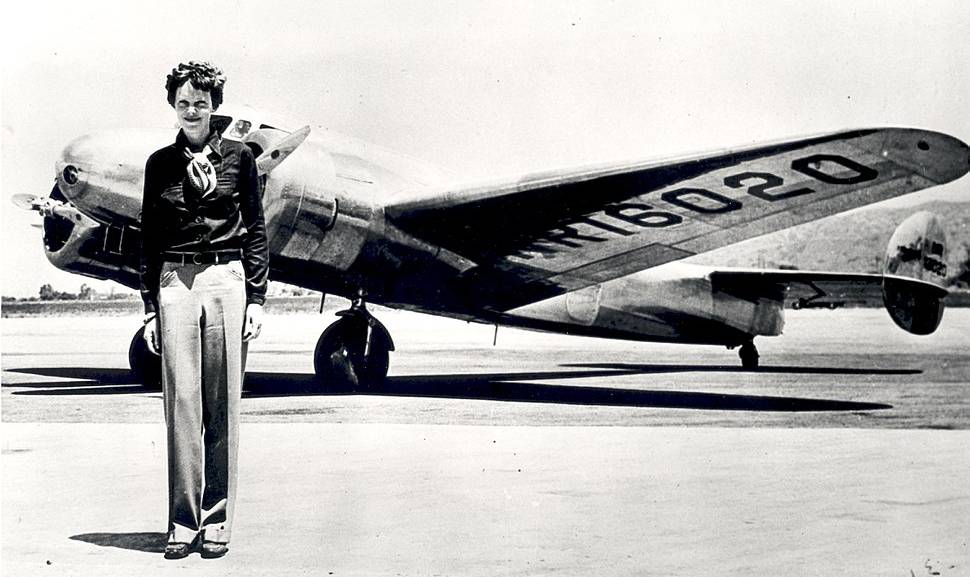 Smithsonian Institution, Wikimedia Commons
Smithsonian Institution, Wikimedia Commons
41. They Lost Her
The connection between the Itasca and the plane grew weaker and confusion increased until everyone’s worst fears became realized. After one final communication reporting the plane’s trajectory, the ship received no further transmissions from Amelia Earhart or Fred Noonan. Although Howland Island tried reaching out with voice and Morse code, there was no response.
Soon, everyone was scrambling to find them.
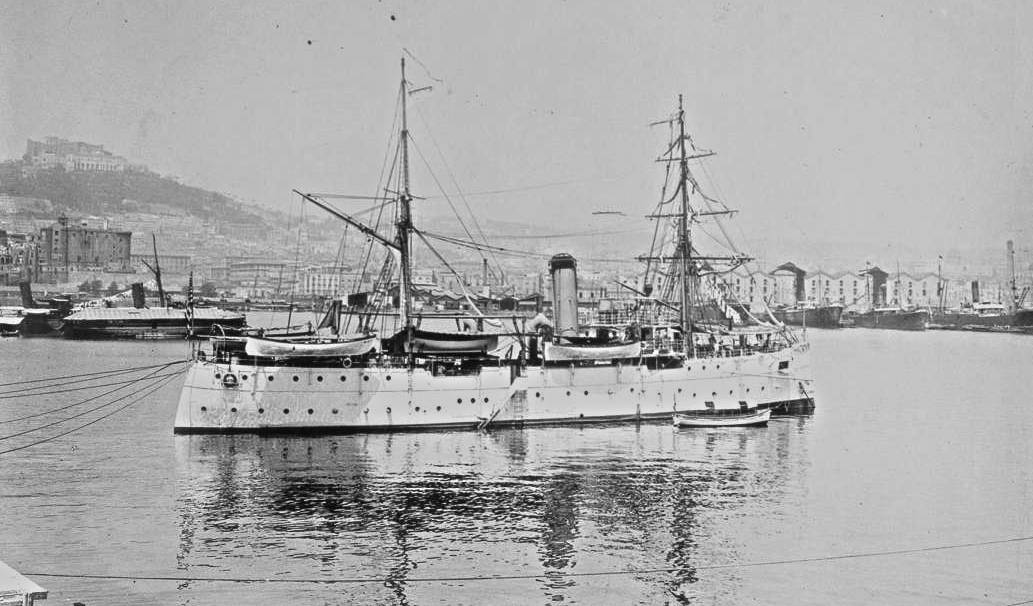 U.S. Coast Guard, Wikimedia Commons
U.S. Coast Guard, Wikimedia Commons
42. They Exhausted Everything
While the Itasca searched for Amelia and Noonan merely one hour after the last transmission, the US Navy and Coastguard soon led an official search of the area. With an expense of $4 million, it became the most expensive search in American history at the time. Tragically, this was all for naught.
43. They Vanished
With the official search ending on July 19, 1937, it was clear that Amelia and Noonan’s trip had ended in disaster. The US Navy’s efforts may have been thorough and costly, but no one could find any sign of the plane or its two pilots. However, bizarrely, Amelia Earhart continued to be heard by many.
 SDASM Archives, Wikimedia Commons
SDASM Archives, Wikimedia Commons
44. She Was Everywhere
Over the days following Amelia and Noonan’s disappearance, a strange phenomenon began. Widespread reports kept popping up from amateur and official radio operators, who claimed to hear Amelia Earhart’s calls for help. Most of these revealed themselves to be hoaxes, which only made the search more difficult.
Yet even then, someone didn’t give up.
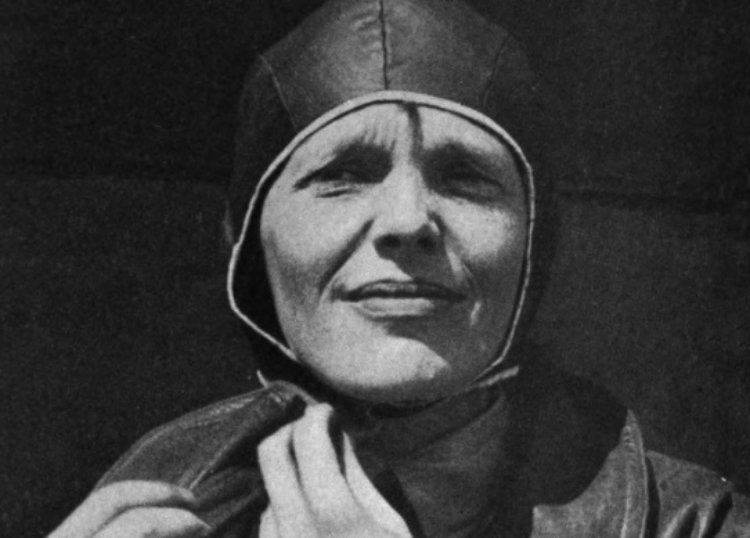 Amelia Earhart, Wikimedia Commons
Amelia Earhart, Wikimedia Commons
45. He Continued Searching
After the official search ended for Amelia Earhart and Fred Noonan, someone decided it still wasn’t time to give up. George Putnam immediately picked up where the Navy and Coast Guard left off, privately financing a search of the waters and islands near his wife’s last-known position, which local law enforcement carried out.
To keep going, he had to make a tough choice.
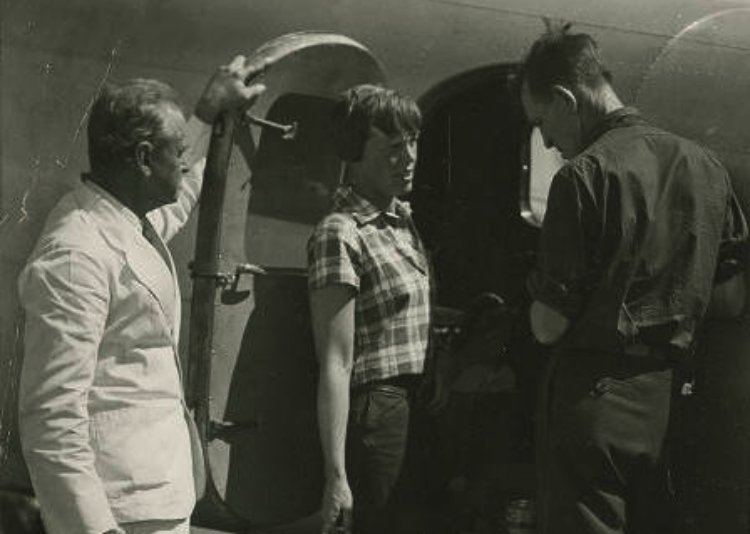 Unknown author, Wikimedia Commons
Unknown author, Wikimedia Commons
46. He Needed Funds
Keeping up the search for his wife wasn’t cheap for Putnam, and before long, the bills started to pile up. He would need Earhart’s money, which he could only manage if the courts declared her as passed. Making the difficult choice, he urged them to waive the seven-year waiting period, and Amelia Earhart’s demise was declared on January 5, 1939.
Eventually, the search concluded.
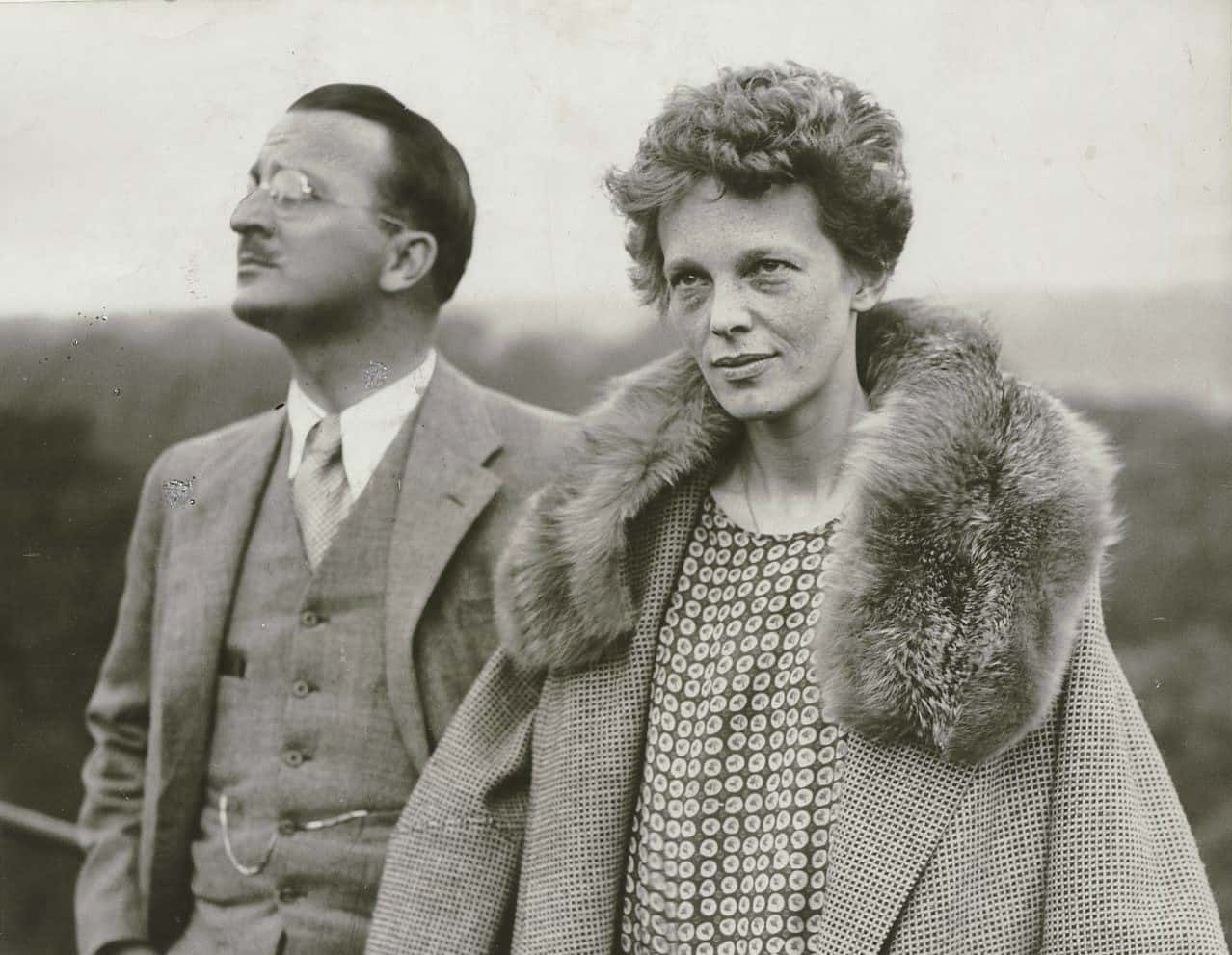 Unknown author, CC BY 2.0, Wikimedia Commons
Unknown author, CC BY 2.0, Wikimedia Commons
47. They Gave Their Answer
Outside the initial search, once the US government established that Amelia Earhart and Fred Noonan would likely not be found, they tried to discover what exactly happened. Although not confirmed, their official explanation for the disappearance was that the plane’s fuel had run out, causing it to crash into the ocean.
Since this was never verified, many theories have popped up.
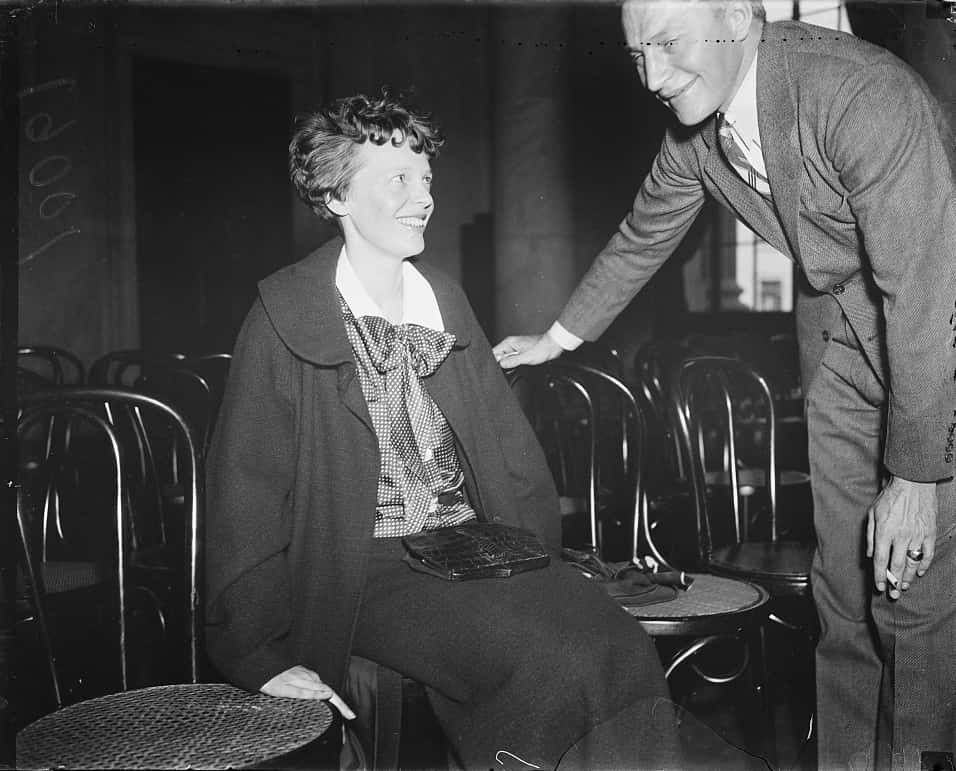 Harris & Ewing, Wikimedia Commons
Harris & Ewing, Wikimedia Commons
48. The Japanese Capture Theory
In one theory, Amelia and Noonan weren’t simply the victims of poor planning or unforeseen complications, but of more malicious deeds. It states that the plane may have accidentally navigated into Japan’s waters, where the Japanese army took the two crewmembers captive and later executed them. This is what several of Amelia Earhart’s family members have believed.
On the other hand, there may be a more simple explanation.
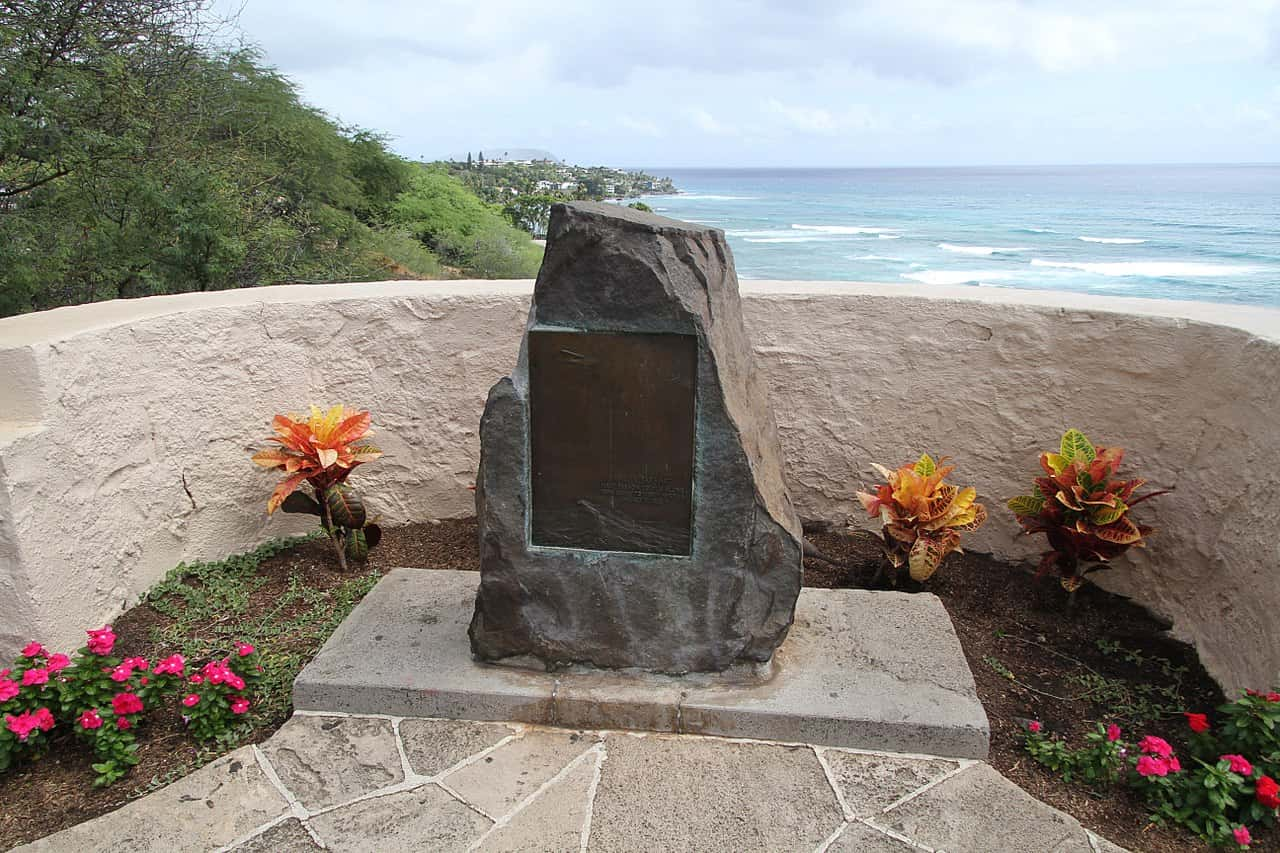 Tony Hisgett, CC BY 2.0, Wikimedia Commons
Tony Hisgett, CC BY 2.0, Wikimedia Commons
49. The Gardner Island Hypothesis
Another possibility is that Amelia and Noonan crashed, but not into the ocean. One idea posits that when they couldn’t find Howland Island, they crashed on the nearby Gardner Island—now called Nikumaroro. Bolstering this theory is the fact that, although the island sat uninhabited at the time, some have discovered evidence that people were living there—including American beauty products dating back to the 1930s and a broken mirror from a cosmetic compact. Unfortunately, none of this could be conclusively linked to Amelia.
No matter what happened, one truth remains.
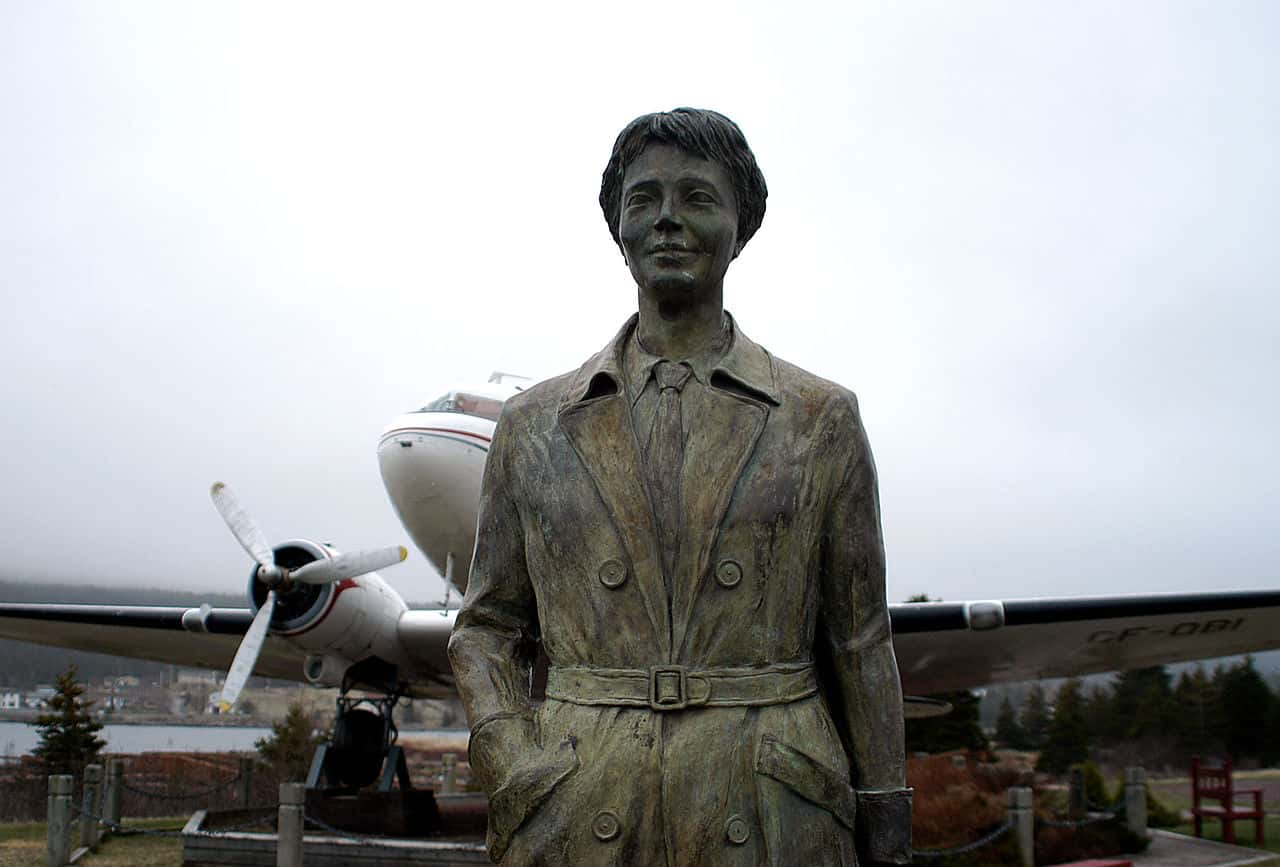 Joanna Poe, CC BY-SA 2.0, Wikimedia Commons
Joanna Poe, CC BY-SA 2.0, Wikimedia Commons
50. She Lived On
While Amelia Earhart may be more famous today for her disappearance than her many accomplishments, her effect on others was prominent during her time. In the years after she vanished, many women became inspired to train as pilots, some of whom later served in WWII as a part of the Women Airforce Service Pilots.
You May Also Like:
History's Greatest Fighter Pilots
The Tragic Life Of Daredevil Bessie Coleman
The Remarkable Life Of Roberta Cowell, The Trailblazing Female Fighter Pilot


